History of Crete
The name of the island:
– the first mentioned in early Mesopotamian written records
– according to later chronicles: King Sarrukin of Akkad conquered Kaptara: the Semitic name was Kaphtor.
– the name can be traced back to the Akkadian KPTR or kapturrūm (Assyrian kab/p-kûr-u(m)), which means: storage room. This name may refer to its role in trade: in the age of Old Syrian trade.
– It is also conceivable: it is related to the name of the settlement of Kaptara in Anatolia
– in Egyptian sources the island is named Keftiu
– in early Greek history: Minos was only the name of the kingdom. The current name of the island developed during this period.
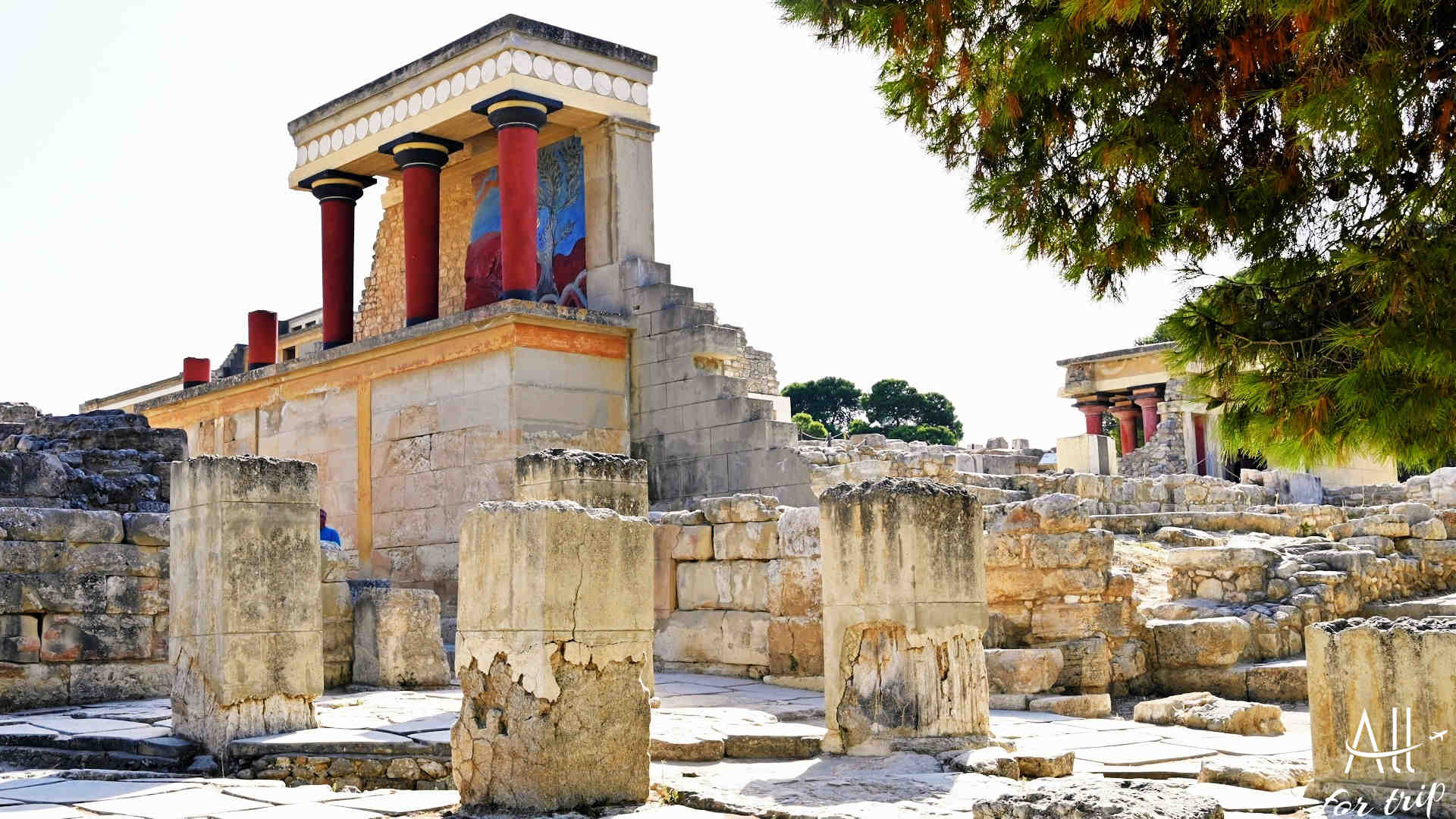
130,000 years ago
– the first people appeared on the island
The 7th millennium BC – in the Neolithic period – already had domestic animals in the settlements: cattle, lambs, goats, pigs and dogs. Cereals and legumes were grown.
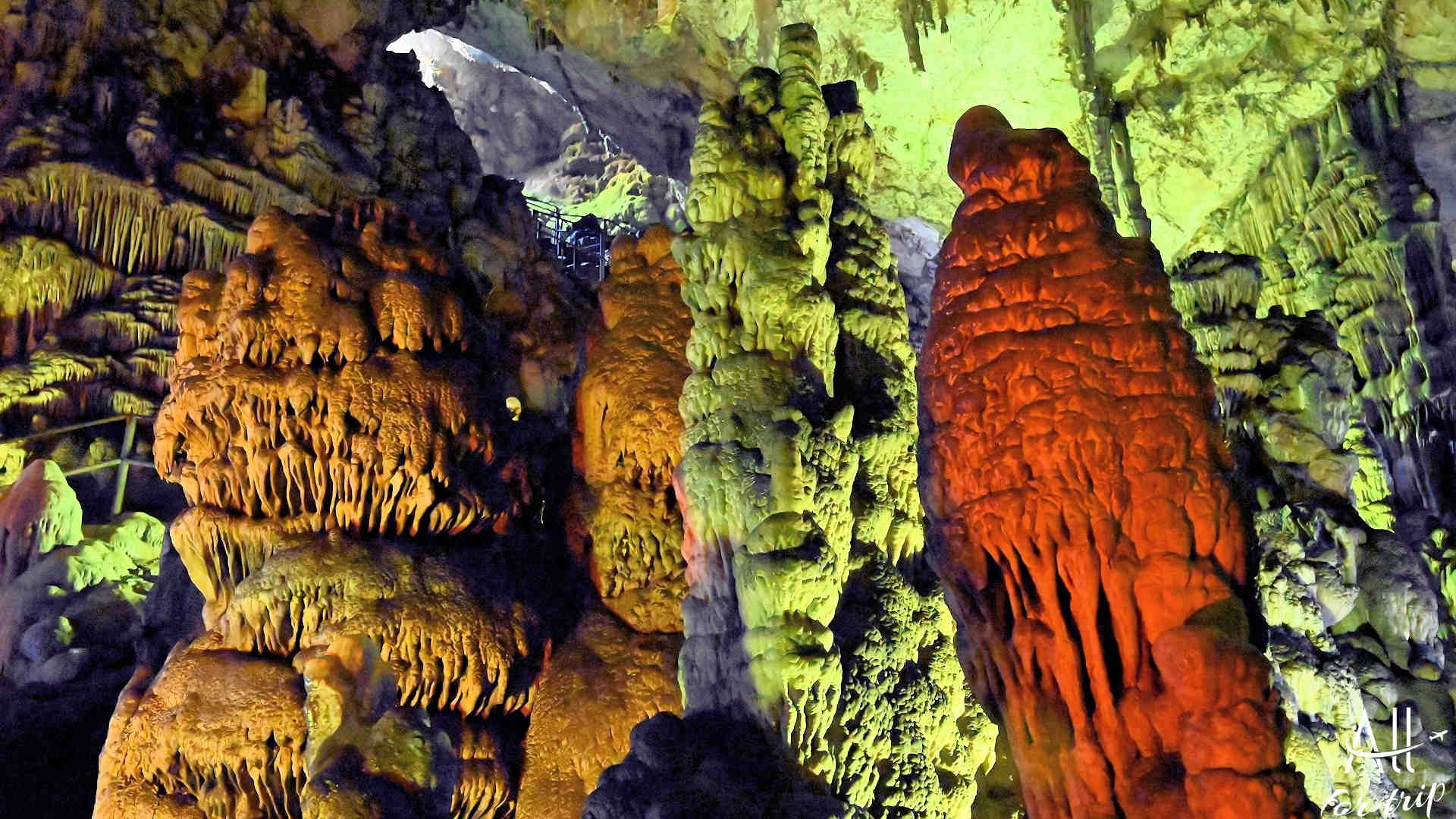
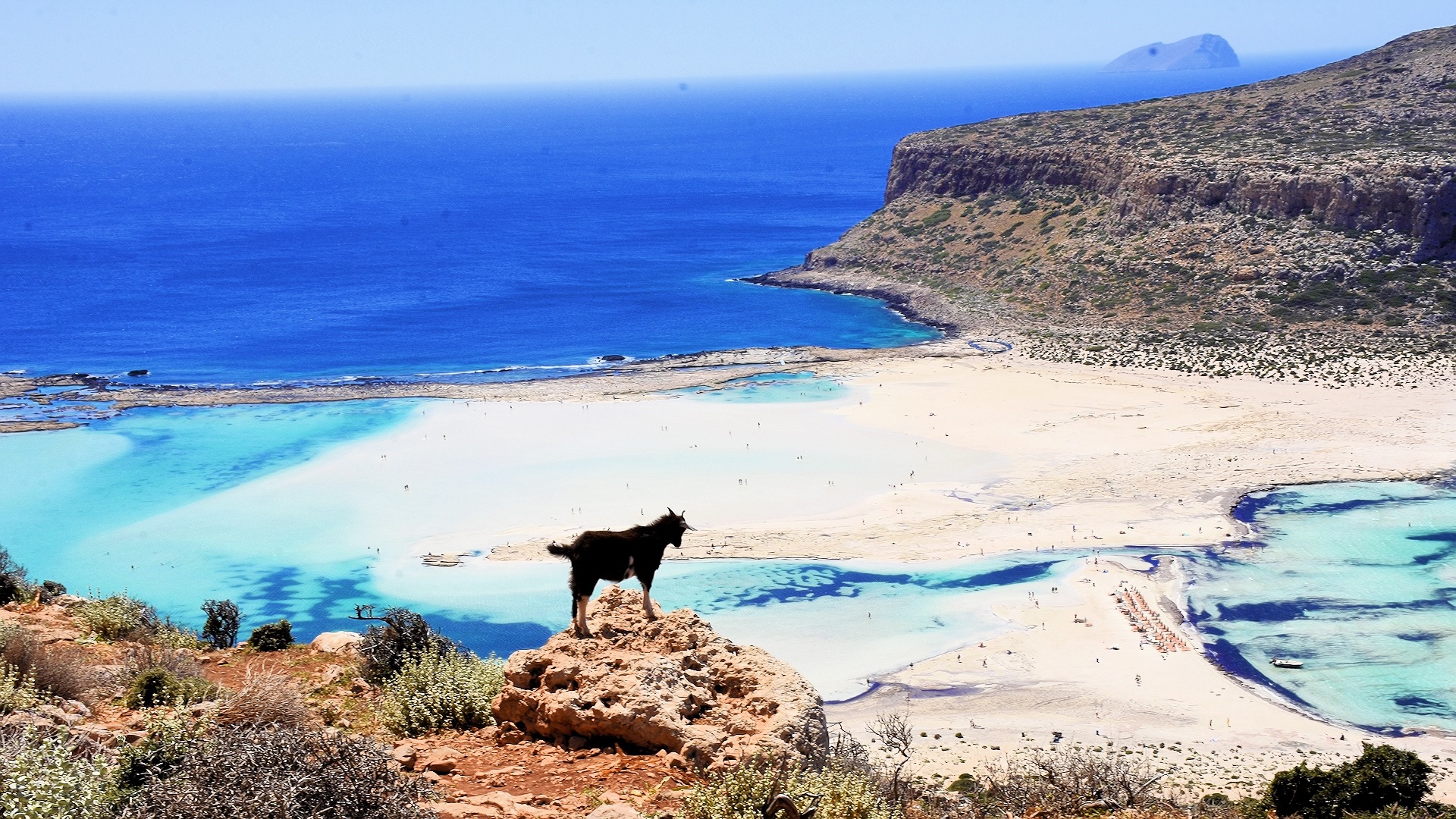
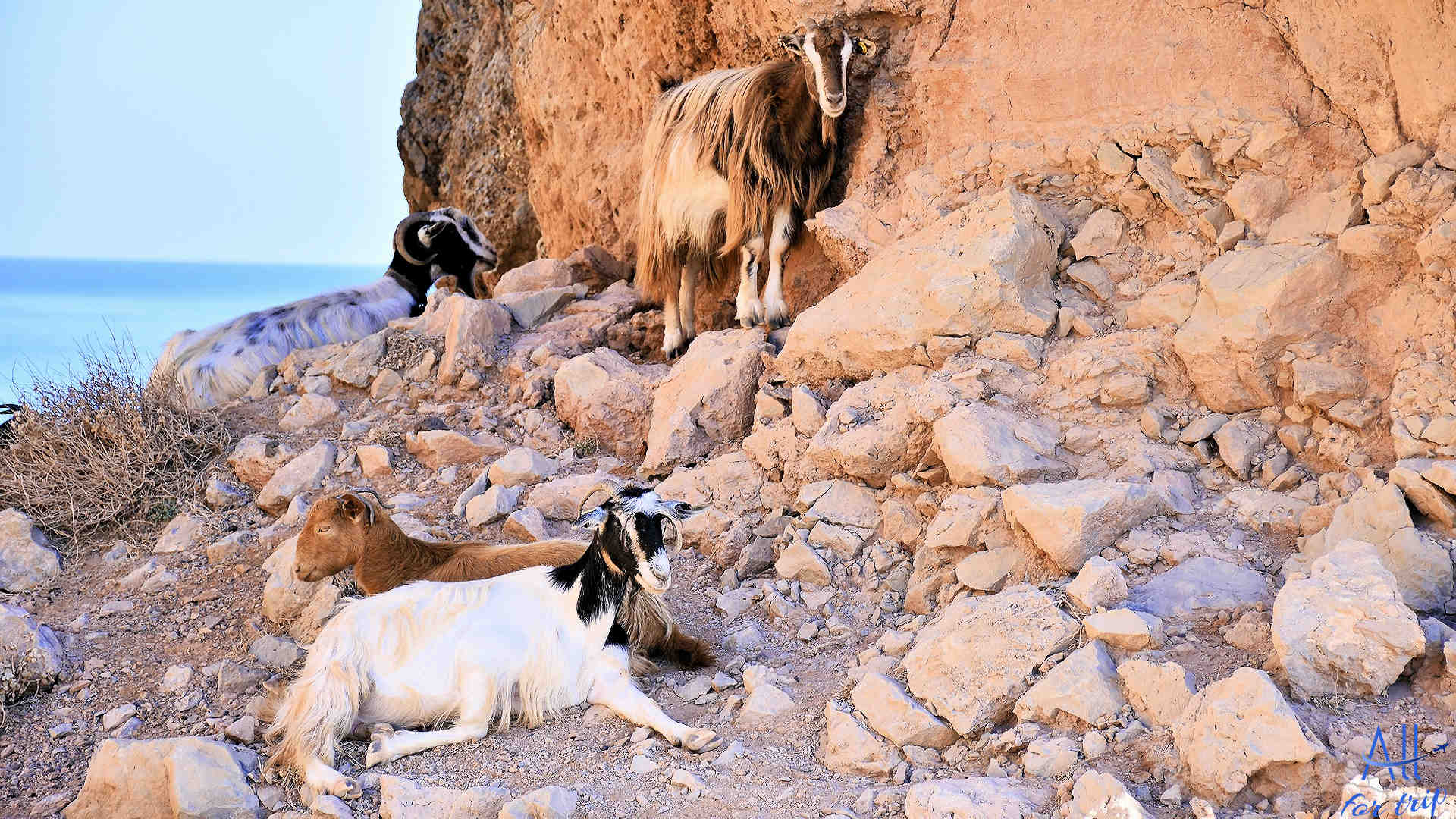
2700–1420 BC
– this is the period of the Minoan civilization: it was the first advanced civilization in Europe
Around 2600 BC
– the arrival of the Anatolian settlers representing the Bronze Age Pre Hellenic civilization
2000-1600 BC
– Crete became the most important maritime trading place in the Mediterranean
– there were several cities on the island: Knossos, Phaistos, Malia
– magnificent palaces were built
– the earthquakes that characterized the island destroyed the buildings several times: but they were always rebuilt
– developed 6 kilometers from the north coast, at the top and eastern slope of Kephala hill: Knossos
– Knossos was a rich city
– in the heyday of the town, 50,000 people lived in the city
– settlements from this period: Kephala, Magasza and Trapeza.
– this civilization began to use: “linear A” writing
around 1600 BC
– The Minoan volcanic eruption: this is a major catastrophic volcanic eruption that destroyed:
– the island of Thera in the Aegean Sea – also known: Santorini
– In Crete, much of civilization has perished
There are many well-known legends associated with early Cretan history, such as the legend of King Minos, Theseus, and the Minotaur.
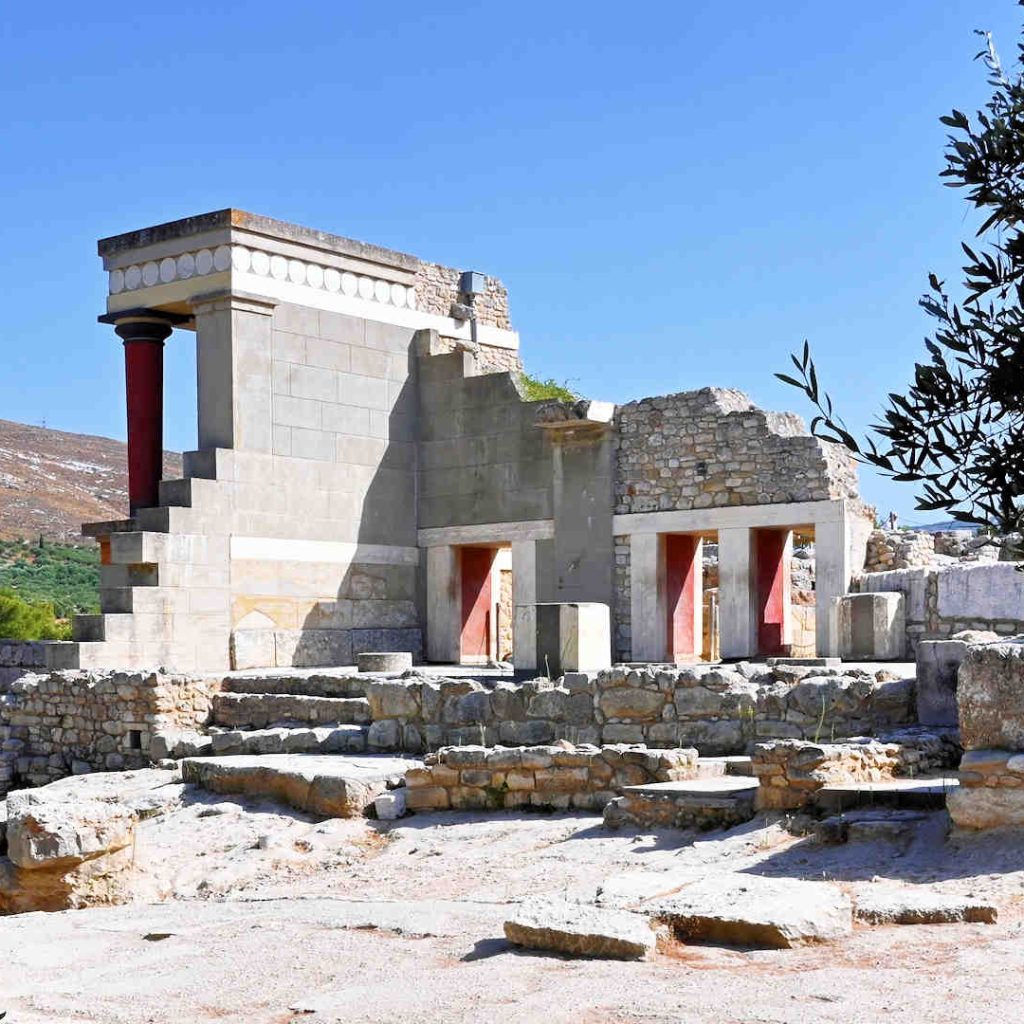
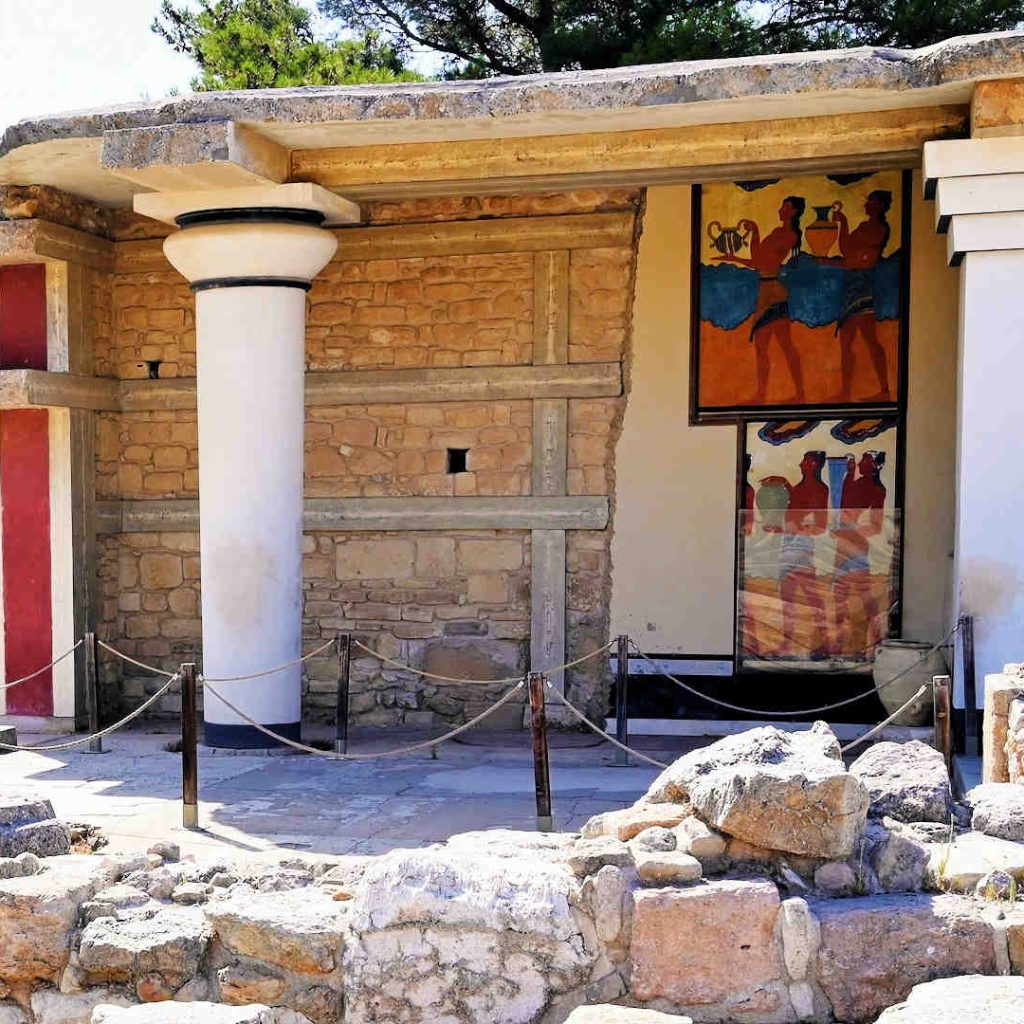
Around 1420 BC
– the Mycenaean culture developed on the Greek mainland. This replaced the weakened Minoan civilization.
– only the palace of Knossos continued to function
– the whole island was probably controlled from Knossos
– the writing “linear B” was already used during this period.
– the historians have managed to decipher this writing
– this proves that the language of the Mycenaean civilization was Greek
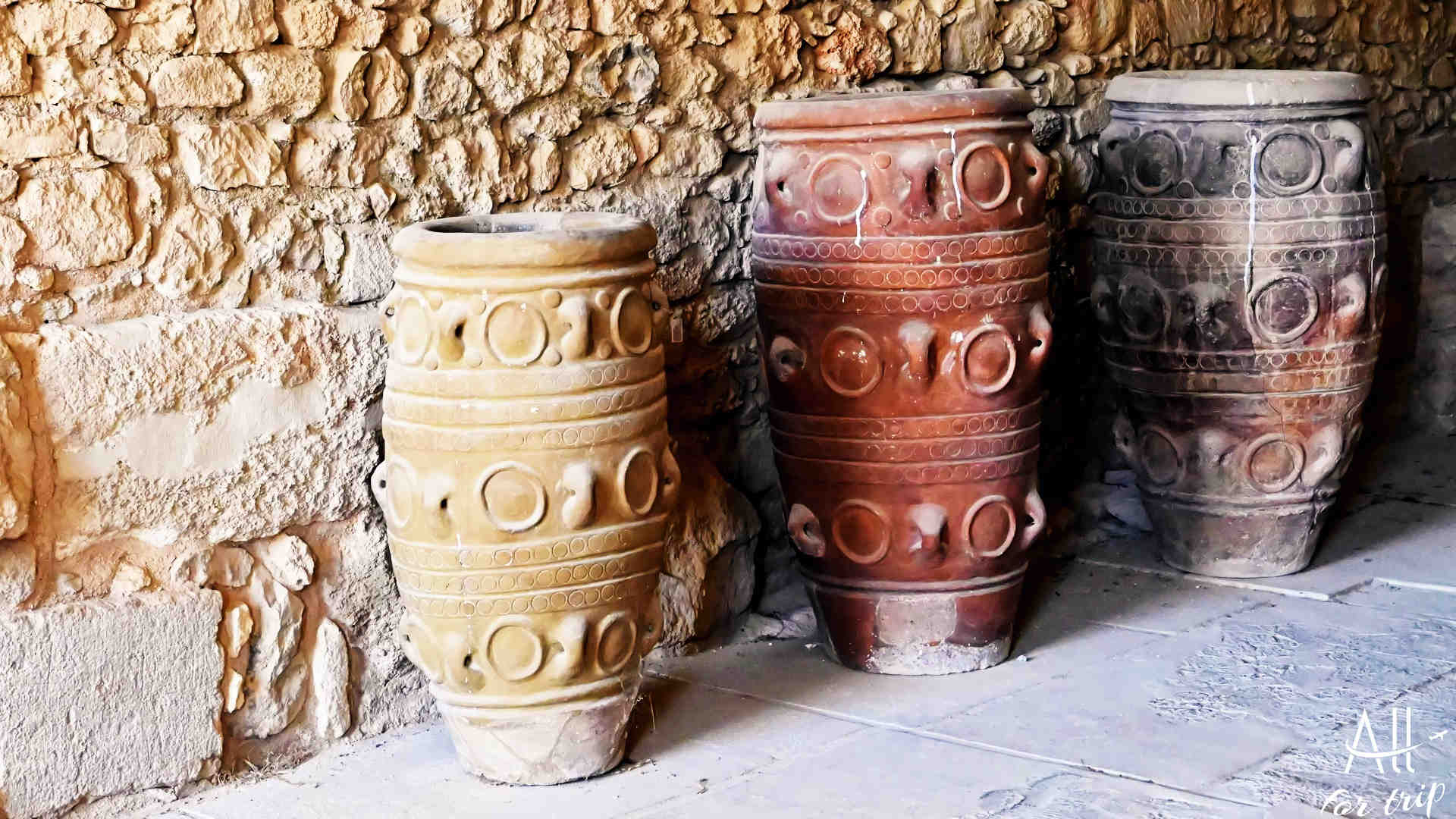
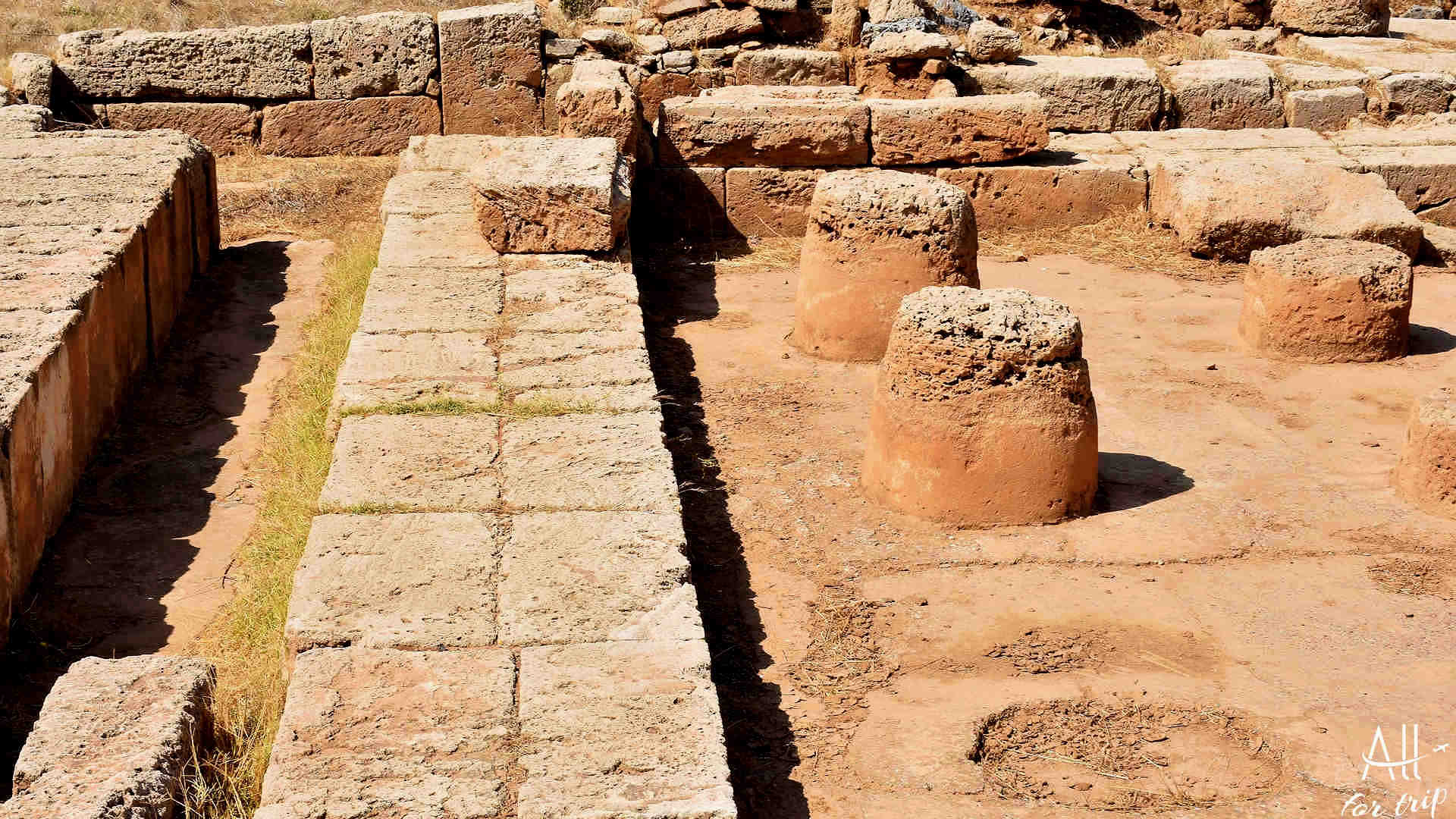
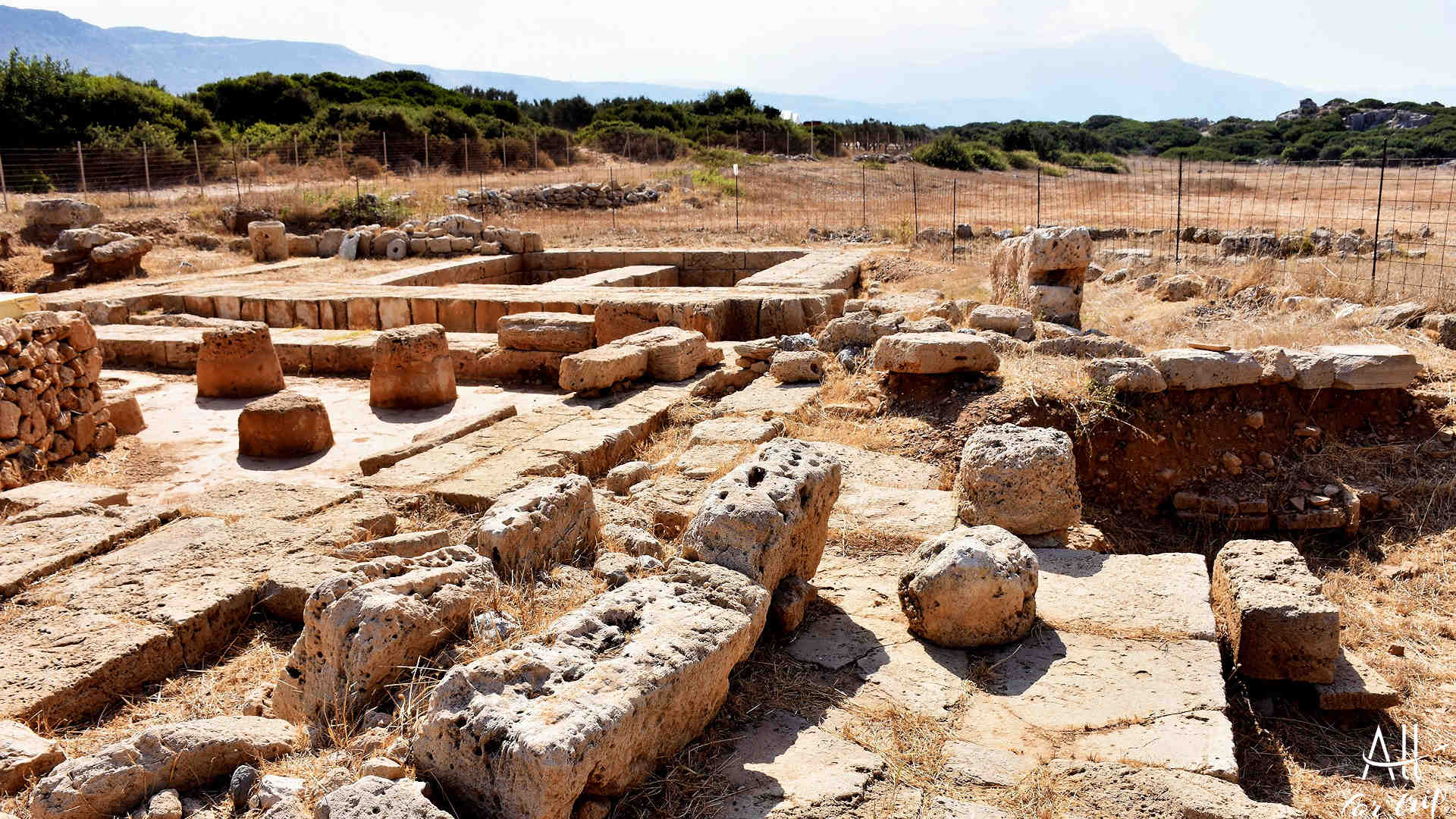
Around 1300 BC
– the Doric, Greek conquering tribe conquered Crete
– the palace of Knossos was also destroyed in the fighting
– it was a military civilization similar to that of the Spartans
– the center of Doric rule was Gortyn
Around 600 BC
– The Gortyn Code (also known as the Great Code) contained the laws, which formed the basis of the legal system
– it was a legal code in the ancient Greek city-state of Gortyn, in southern Crete
– it is the most significant document of the era
– these laws give a comprehensive picture of the society and legal order of the end of the archaic age
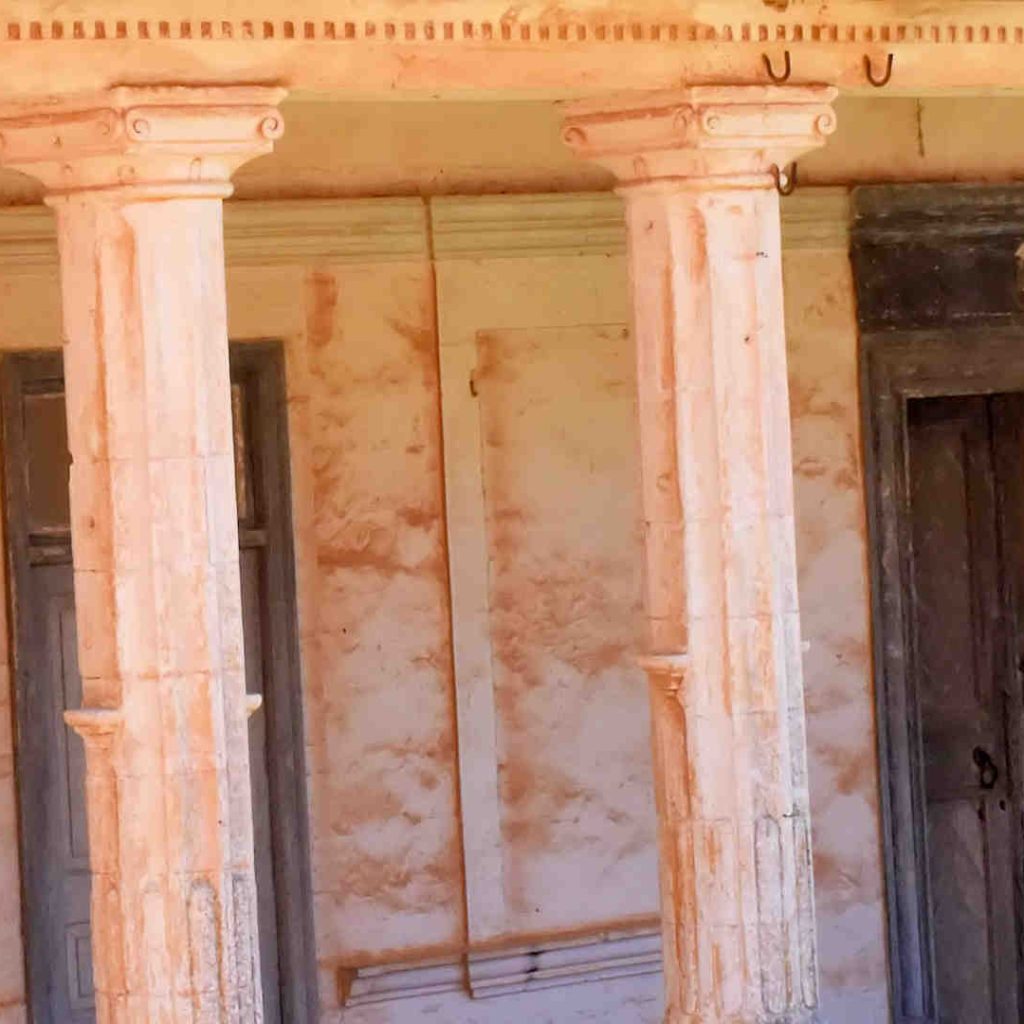
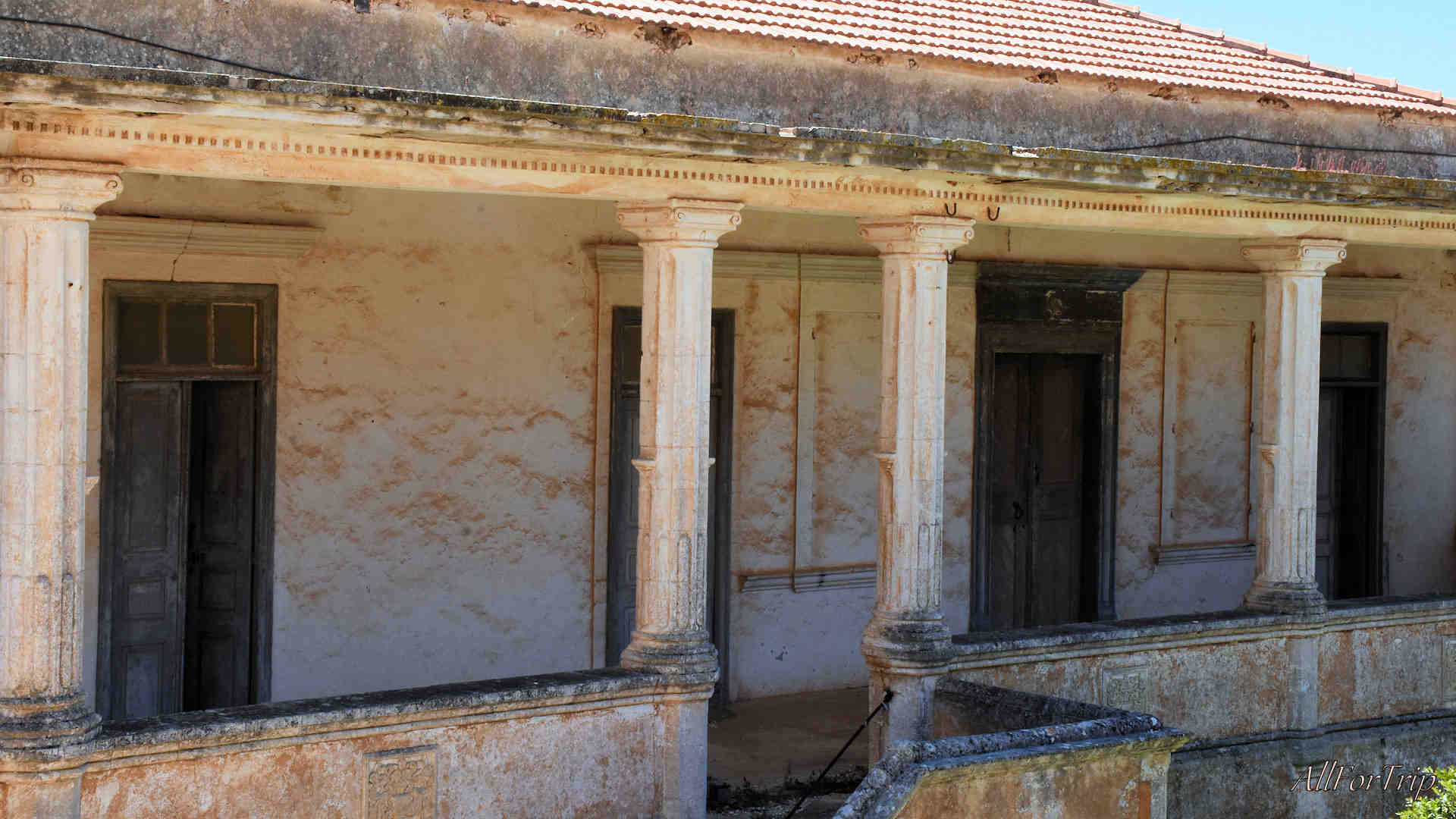
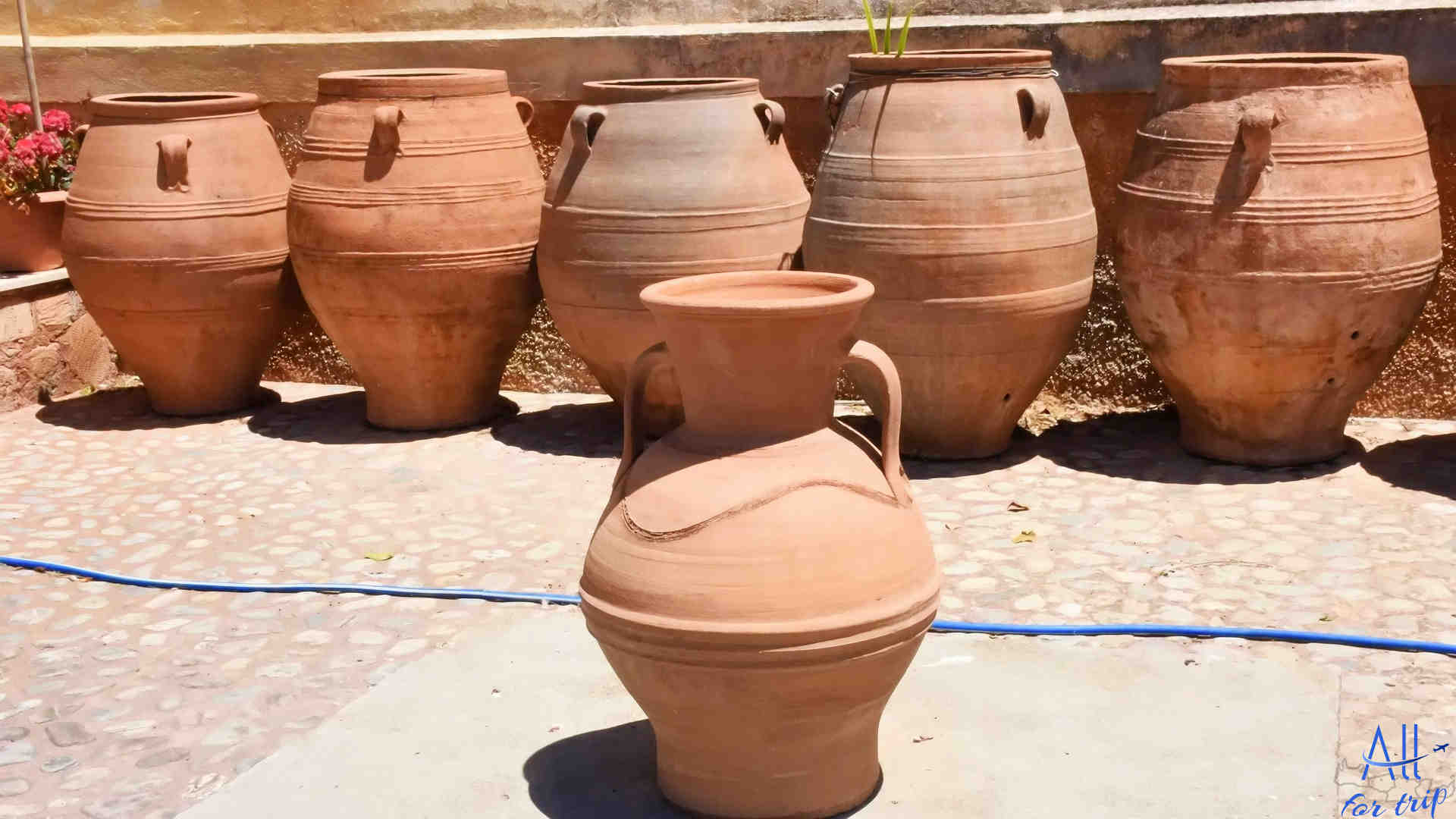
69 BC
– Led by Quintus Caecilius Metellus Pius – he conquered the island with 3 Roman legions
– Gortys remained the capital, but became one of the many Roman provinces
67 BC
– Founding of Crete and Cyrenaica
– Crete and Cyrenaica: was a senatorial province of the Roman Empire
– the province included the island of Crete and the region of Cyrenaica, which was in what is now Libya
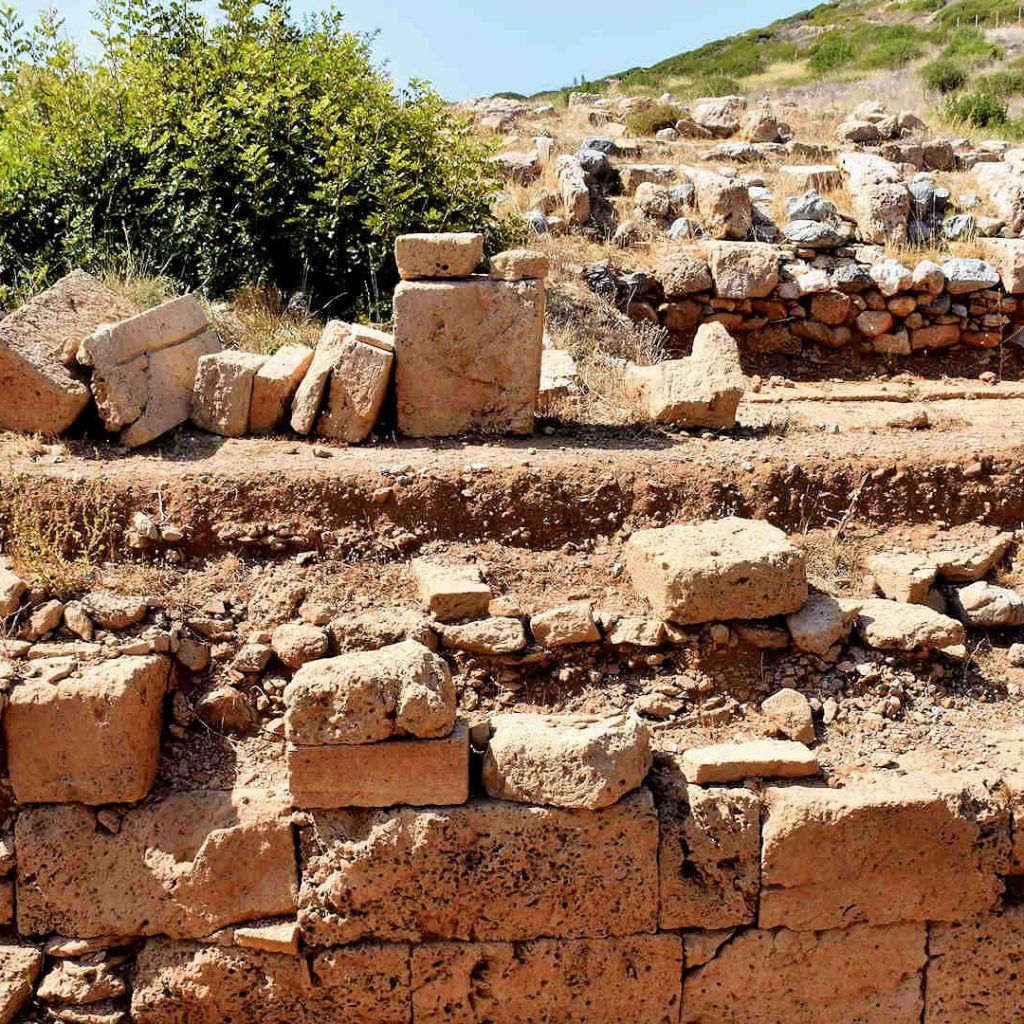
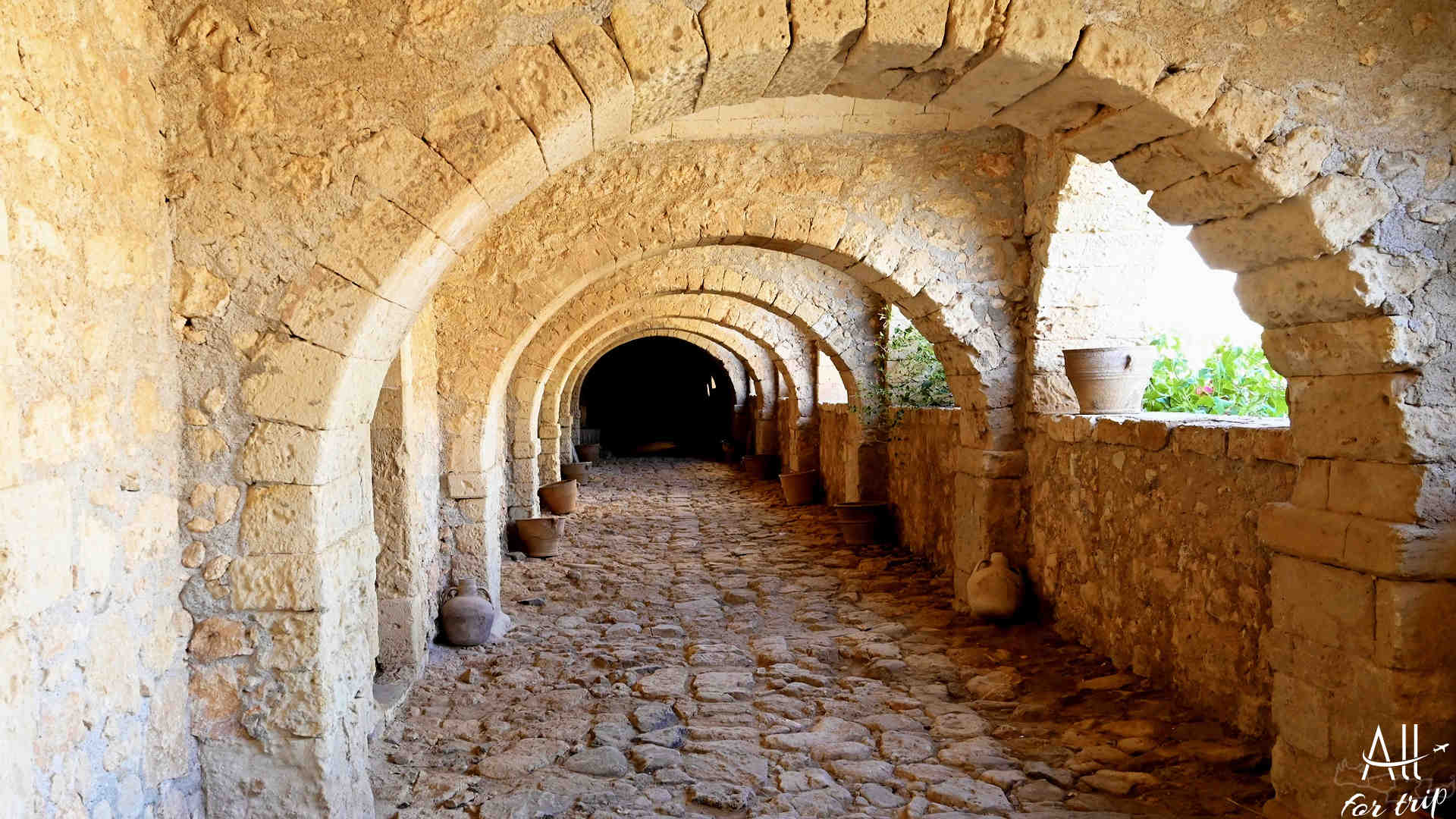
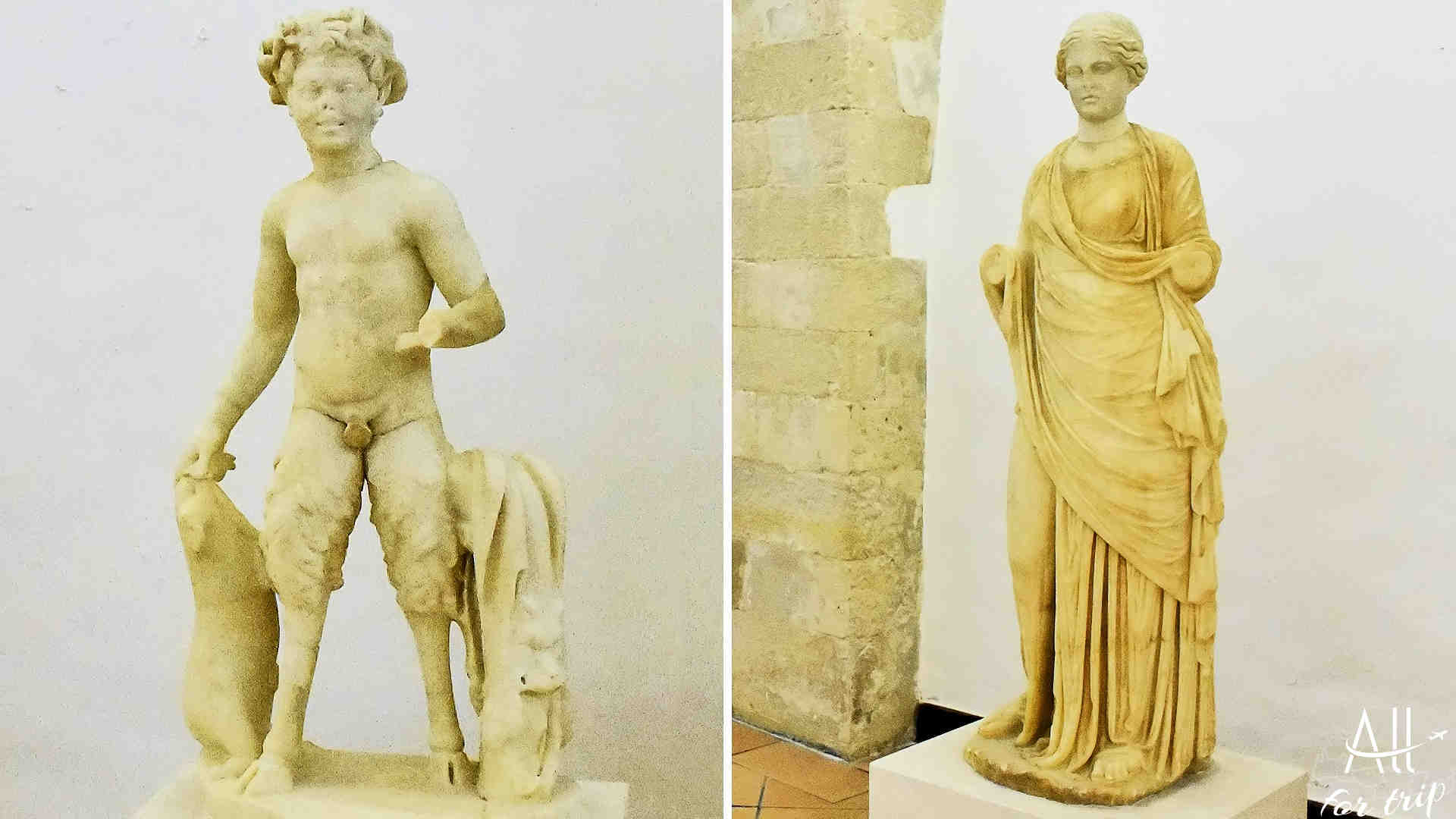
– after the disintegration of the Western Roman Empire: Crete remained part of the Eastern Roman Empire known as the “Byzantine Empire”
In 365 and 415
– earthquakes struck the island
467
– targeted by vandals
623
– the Slavs plundered the island
654 – 670
– the Arabs plundered the island
732
– III. Byzantine emperor Leon relocated the island from the authority of the Roman pope, to the protection of the Church of Constantinople – Patriarchate of Constantinople
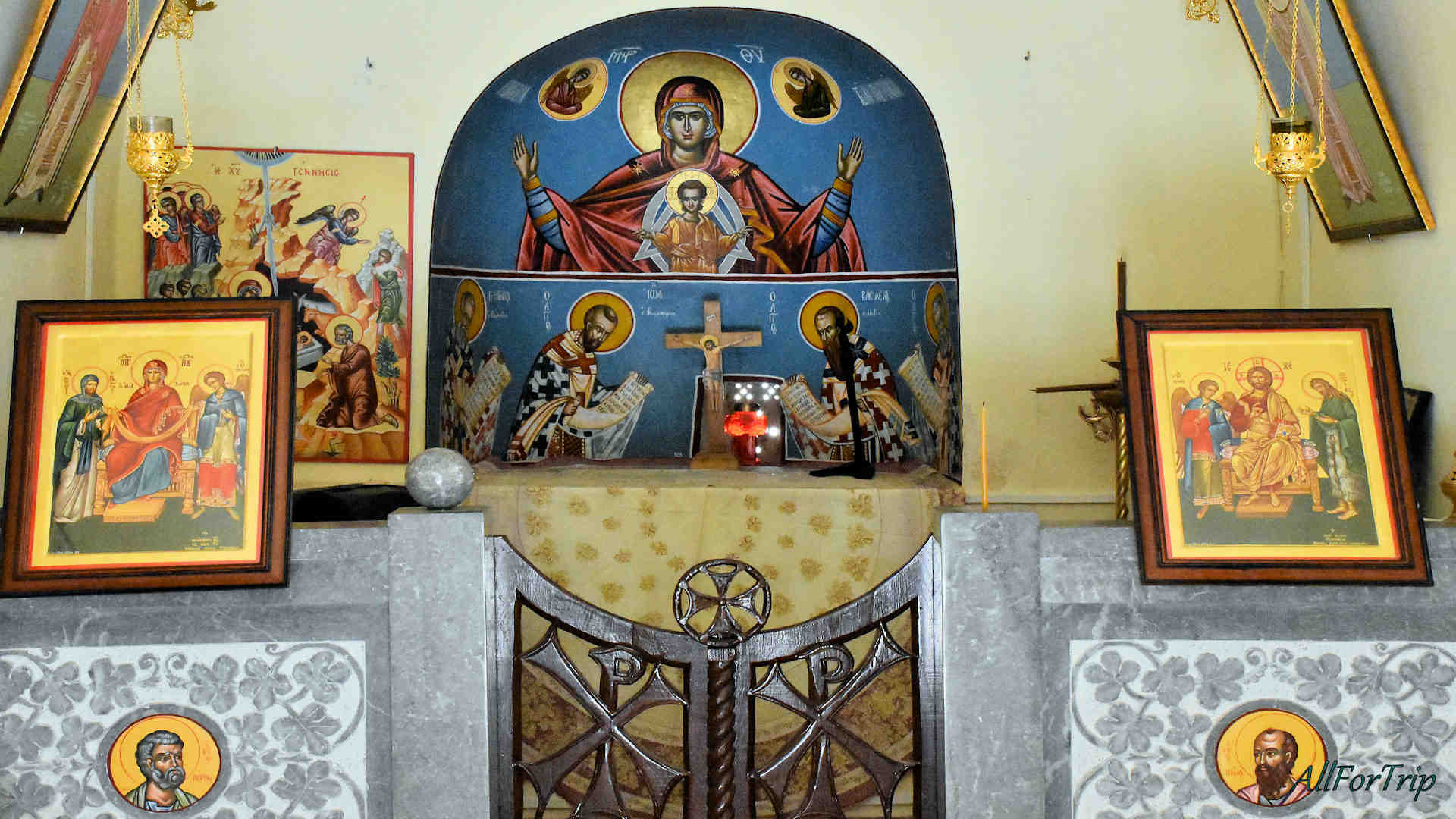
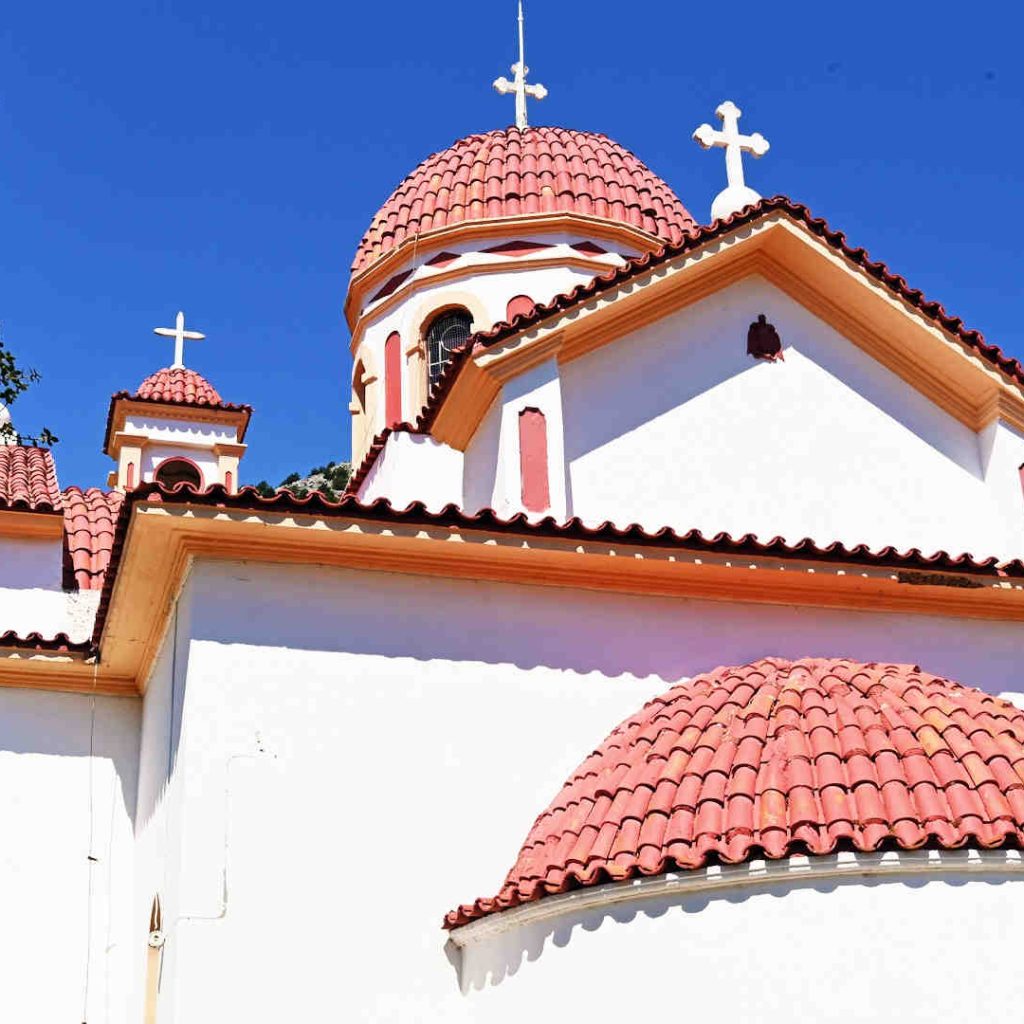
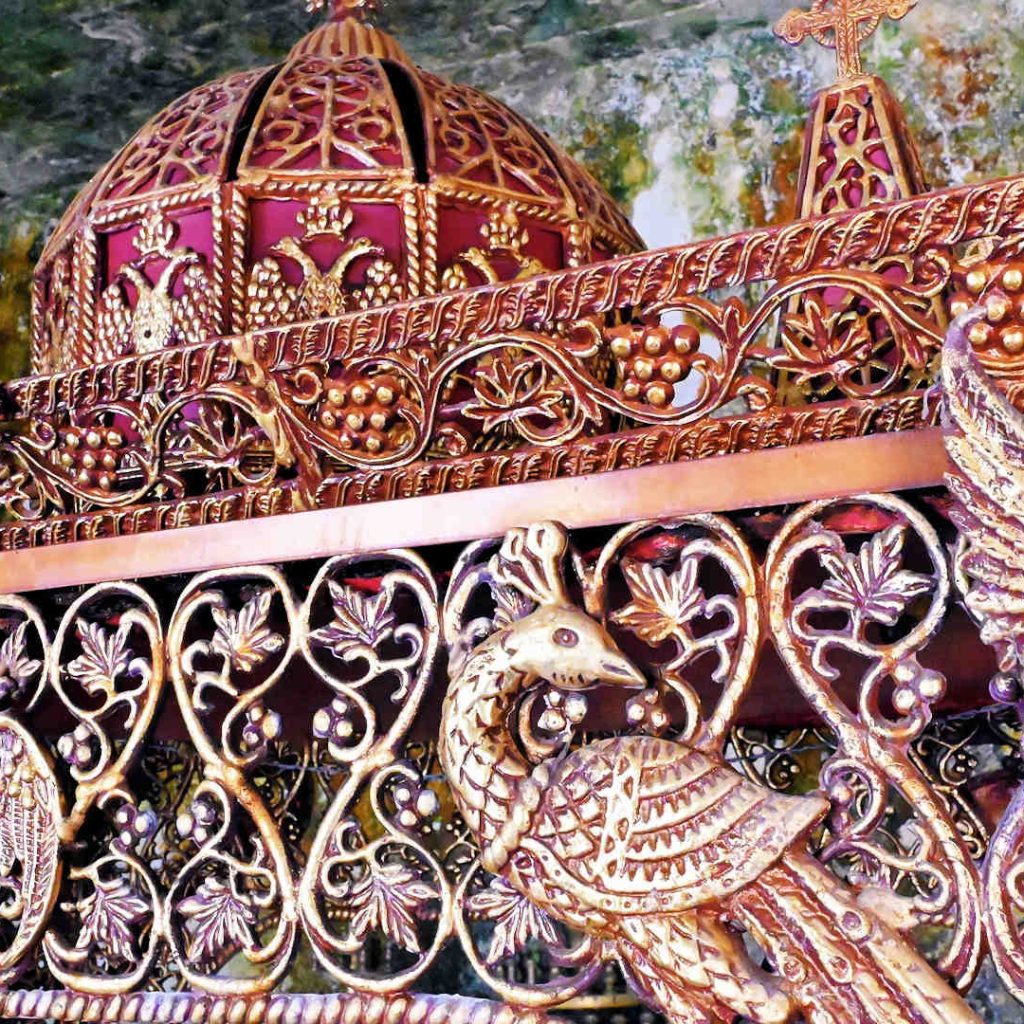
824
– The Andalusians occupy the island, led by Abu Hafs
– they created the Emirate of Crete
– they created an independent Islamic state
– the current capital of the island: Iraklion, today: Heraklion was founded during this period
– a fortress was built in the city
The Byzantine Empire was unable to accept the loss of the island.
842 – 843
– Led by the Theoktisztosz, they tried to reclaim Crete
– a part of the island was recovered
– subsequent attempts by the Byzantine Empire to fully reclaim the island failed
– for 135 years, the emirate was in power
– Crete controlled the sea routes of the eastern Mediterranean
– acted as an advanced base and refuge for the Muslim corps fleets: which devastated the Byzantine-controlled shores of the Aegean Sea
– the wealth of the emirate comes not only from piracy, but also from extensive trade and agriculture
911
– The Byzantine campaign ends in failure
949
– The Byzantine campaign again fails
960 – 961
– The campaign of Nikephoros Phokas put an end to the rule of the emirate
– the island became part of the Byzantine Empire again
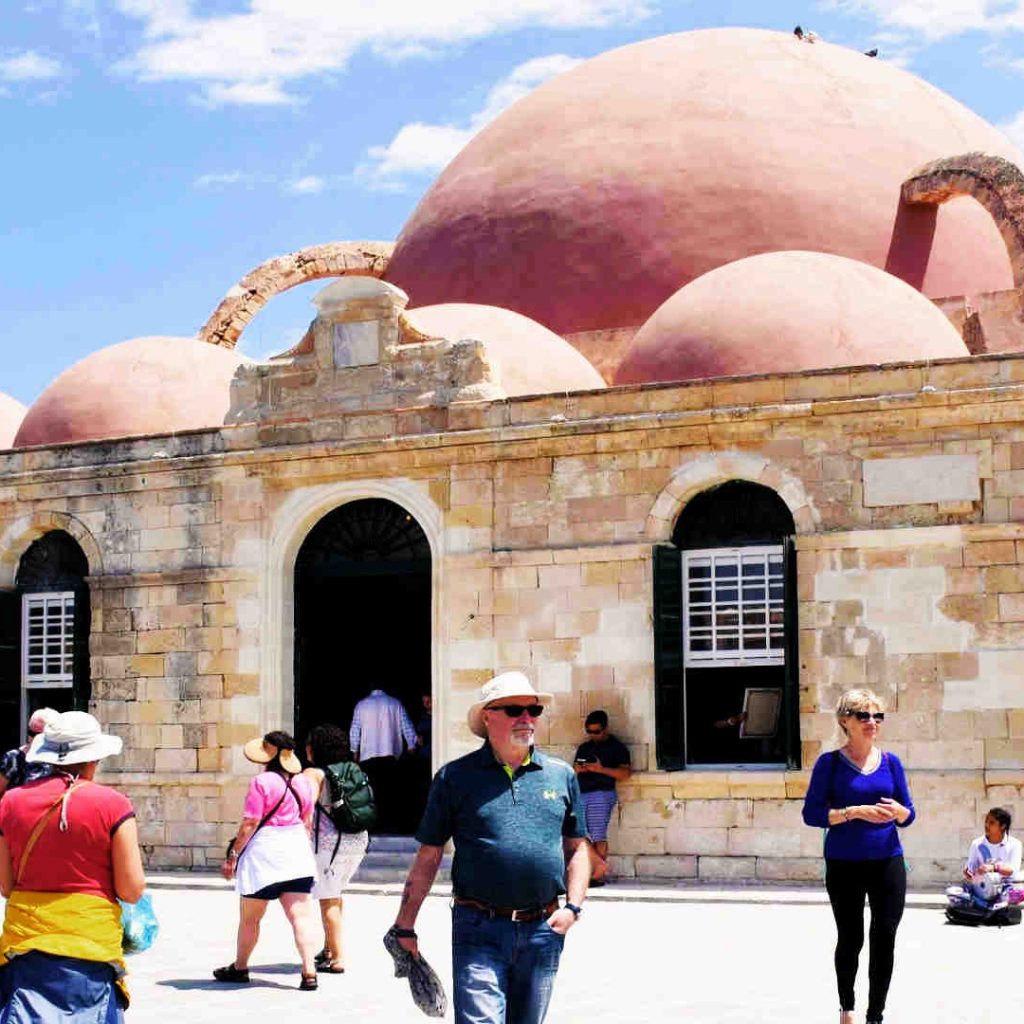
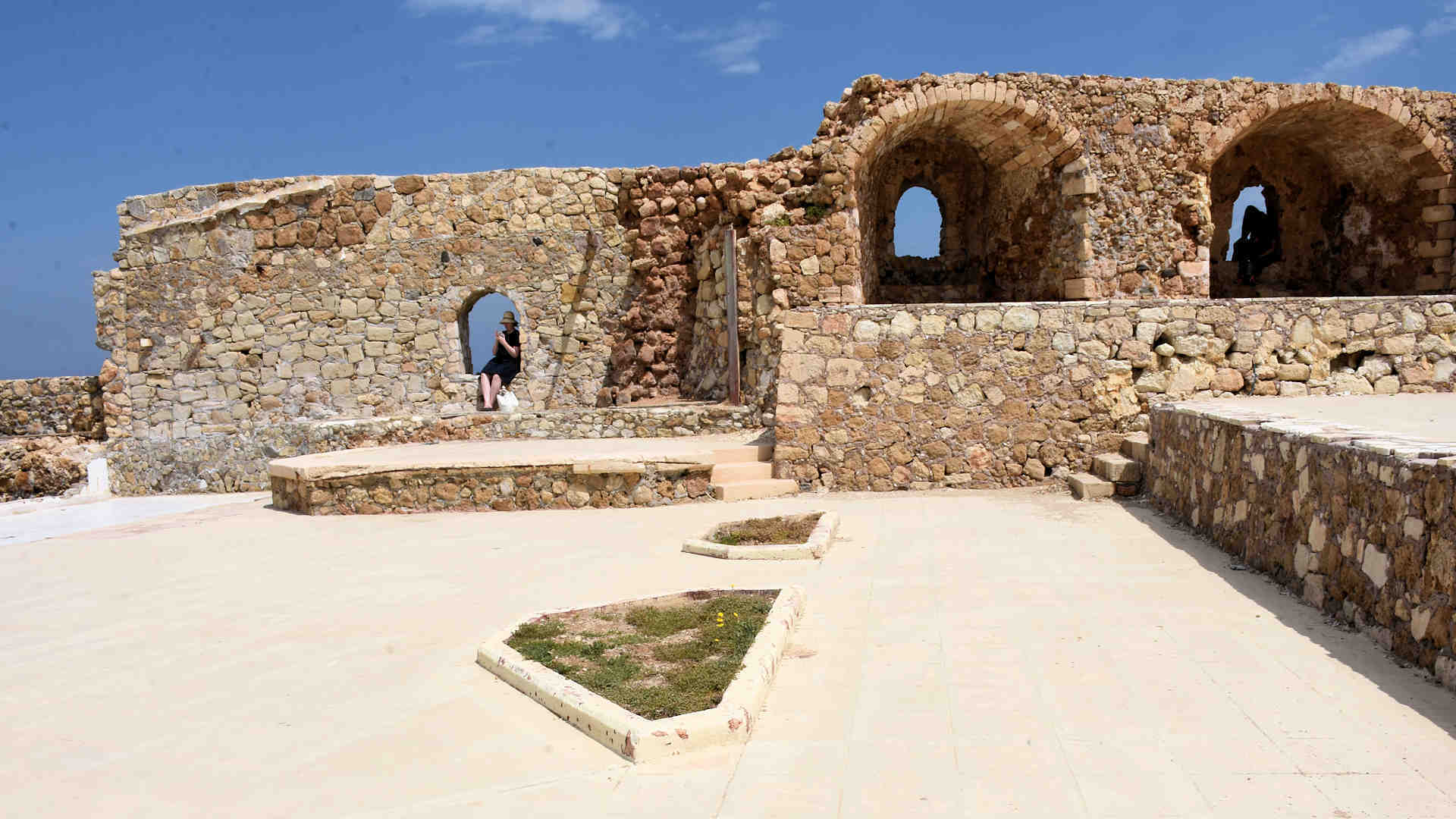
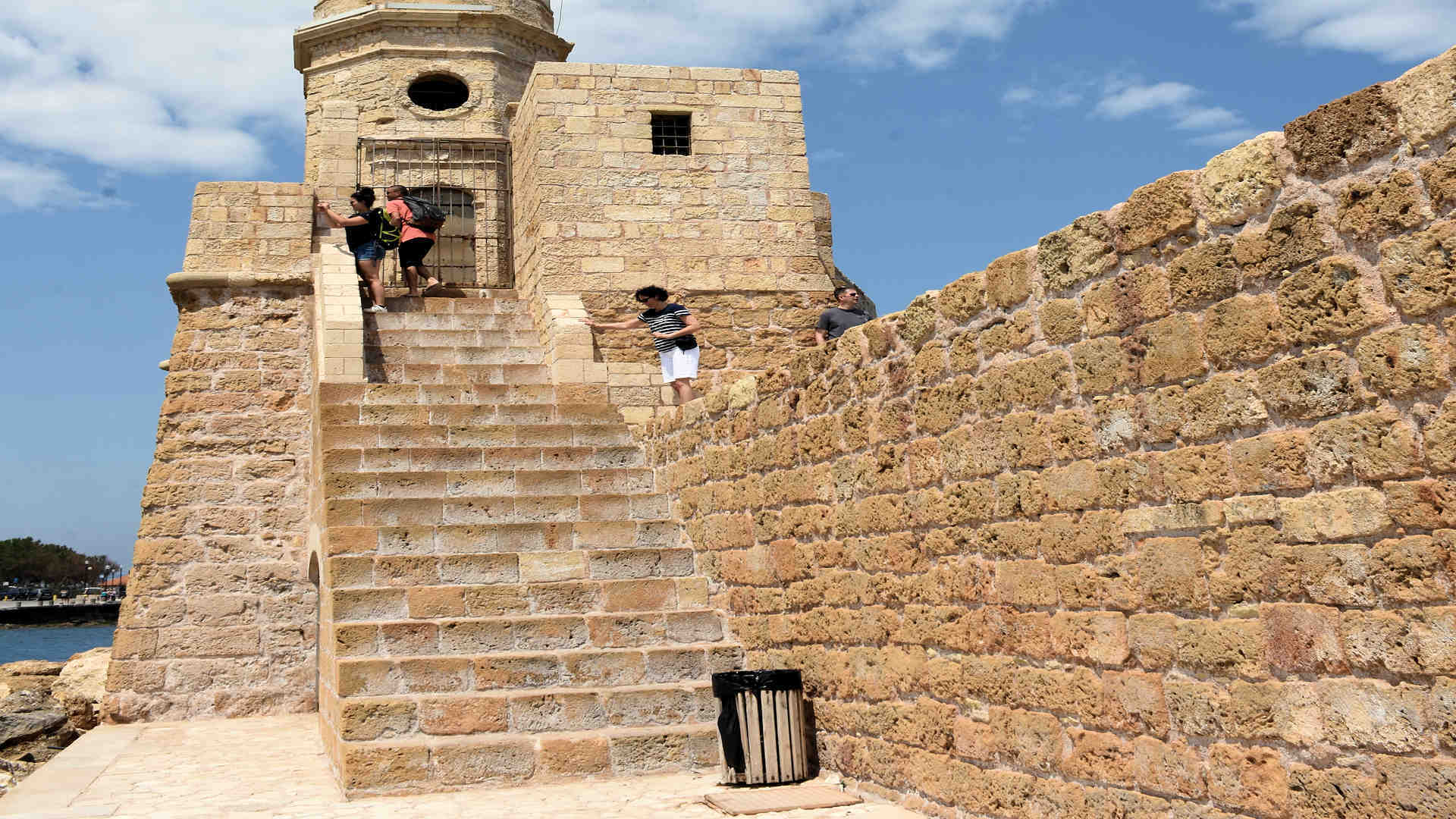
961
– Nikephoros Phokas restores Byzantine leadership
– restored Byzantine rule over the Aegean coast
– reduced the attacks of the Saracen pirates
– a period of peace marked the island – until 1204
1204
– Fourth Crusade
– the Crusaders occupied Constantinople
– the leading Crusader: Boniface of Montferrat got control of the island
– but the island was occupied by the Republic of Genoa
– the island came under the control of the Genoese
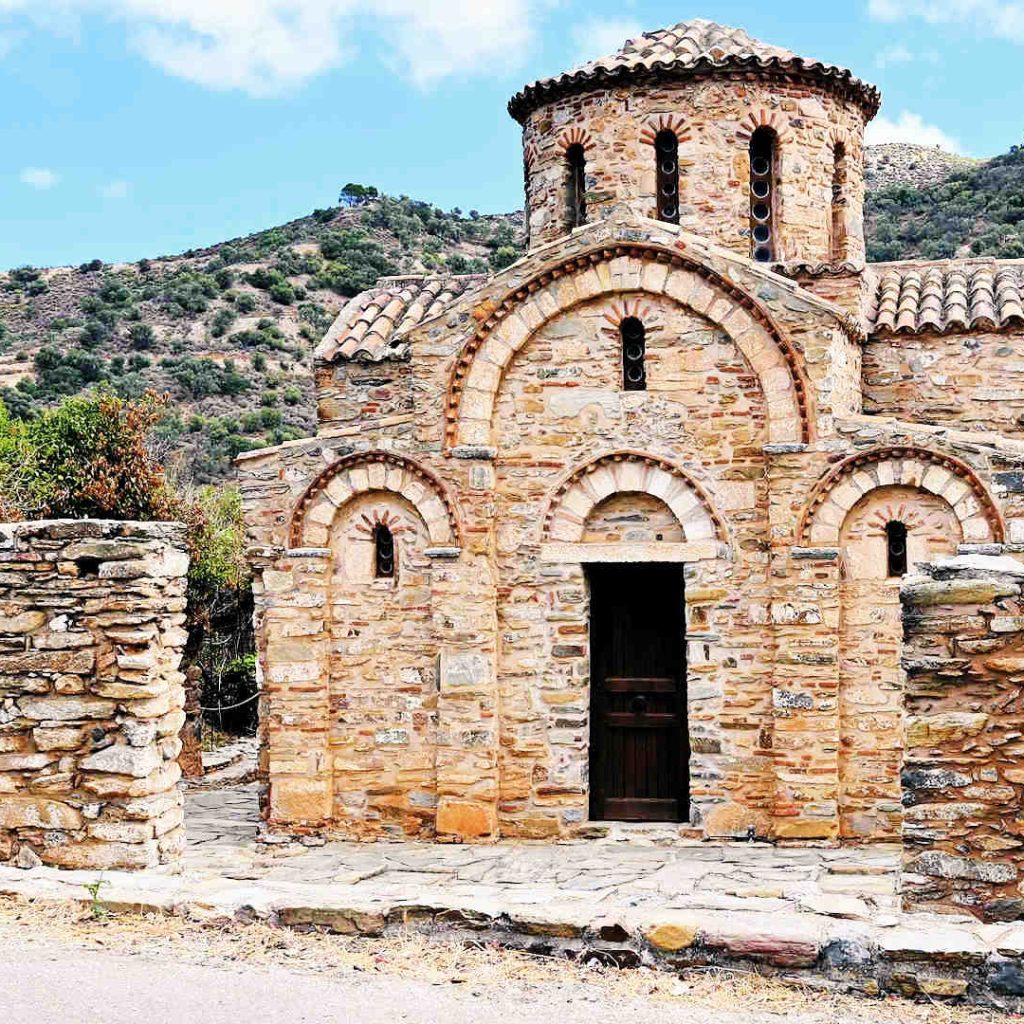
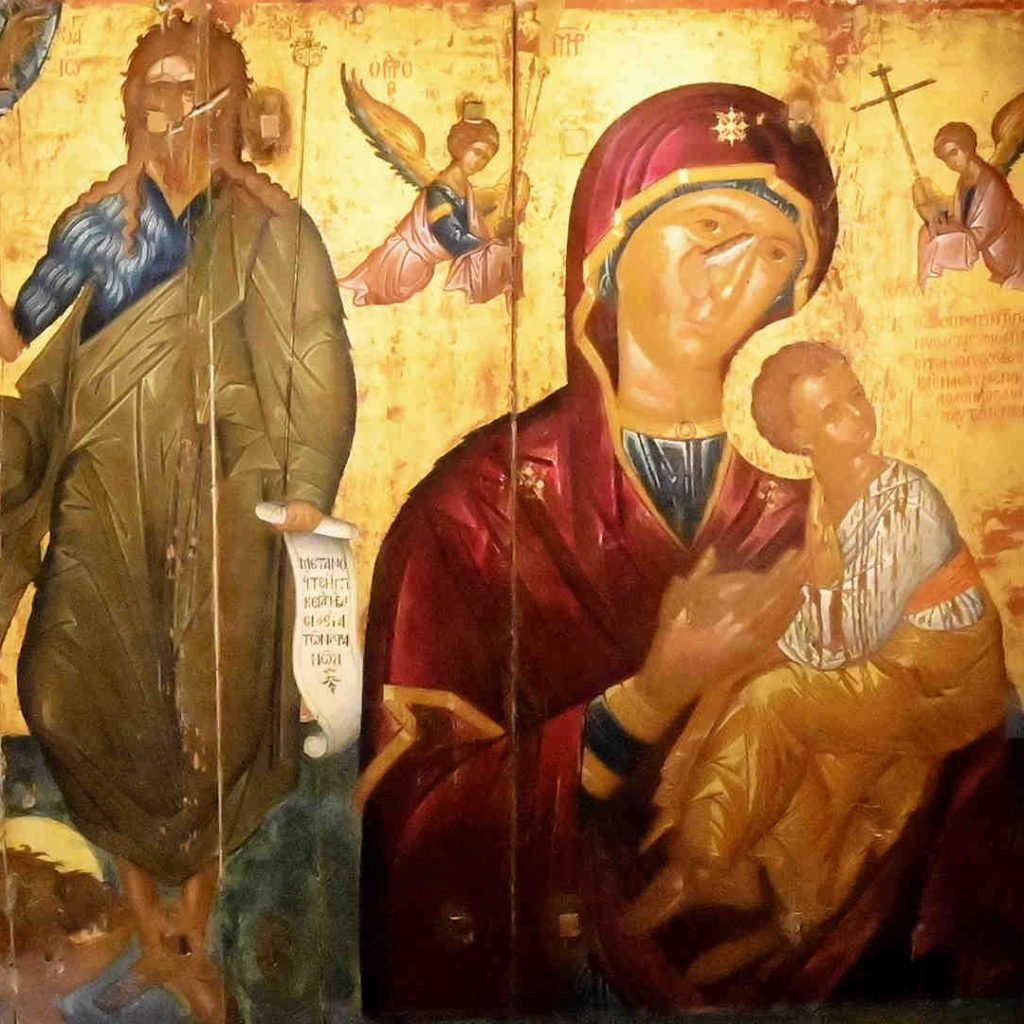
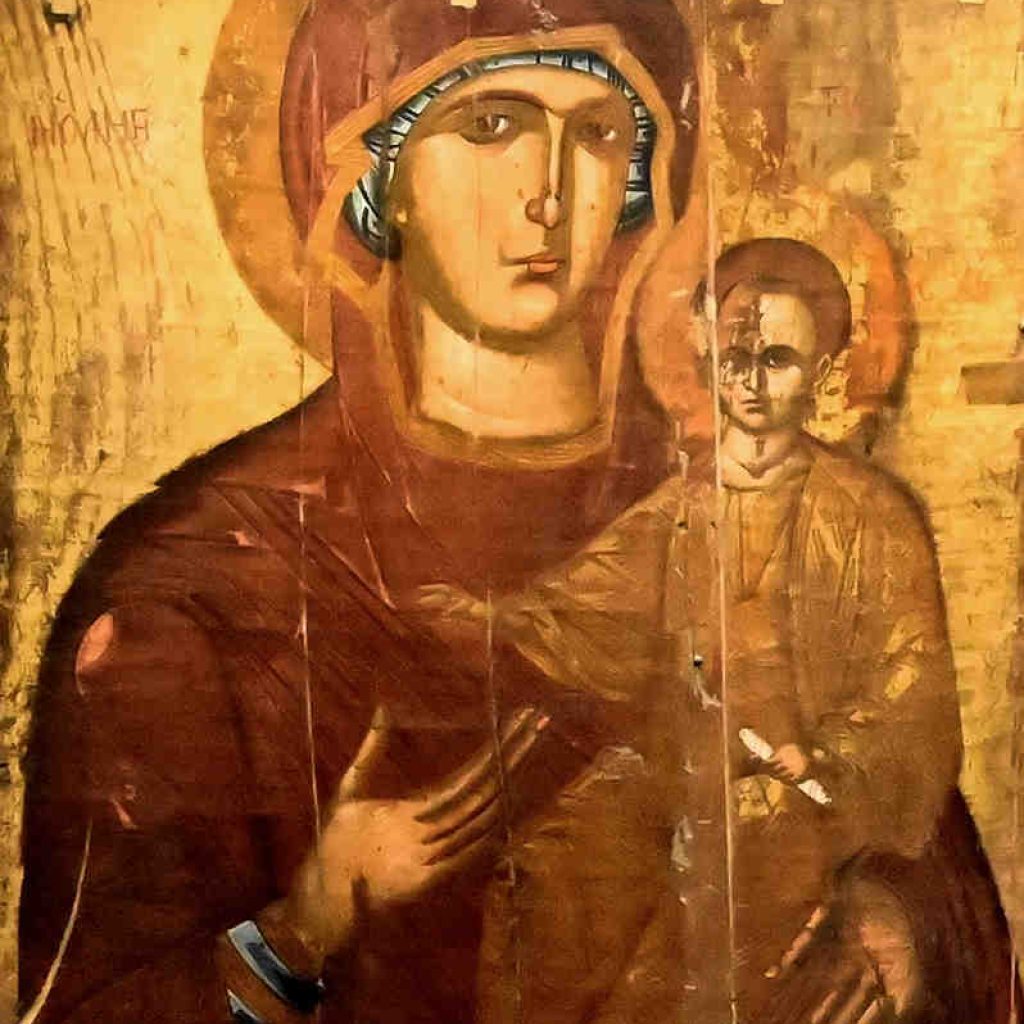
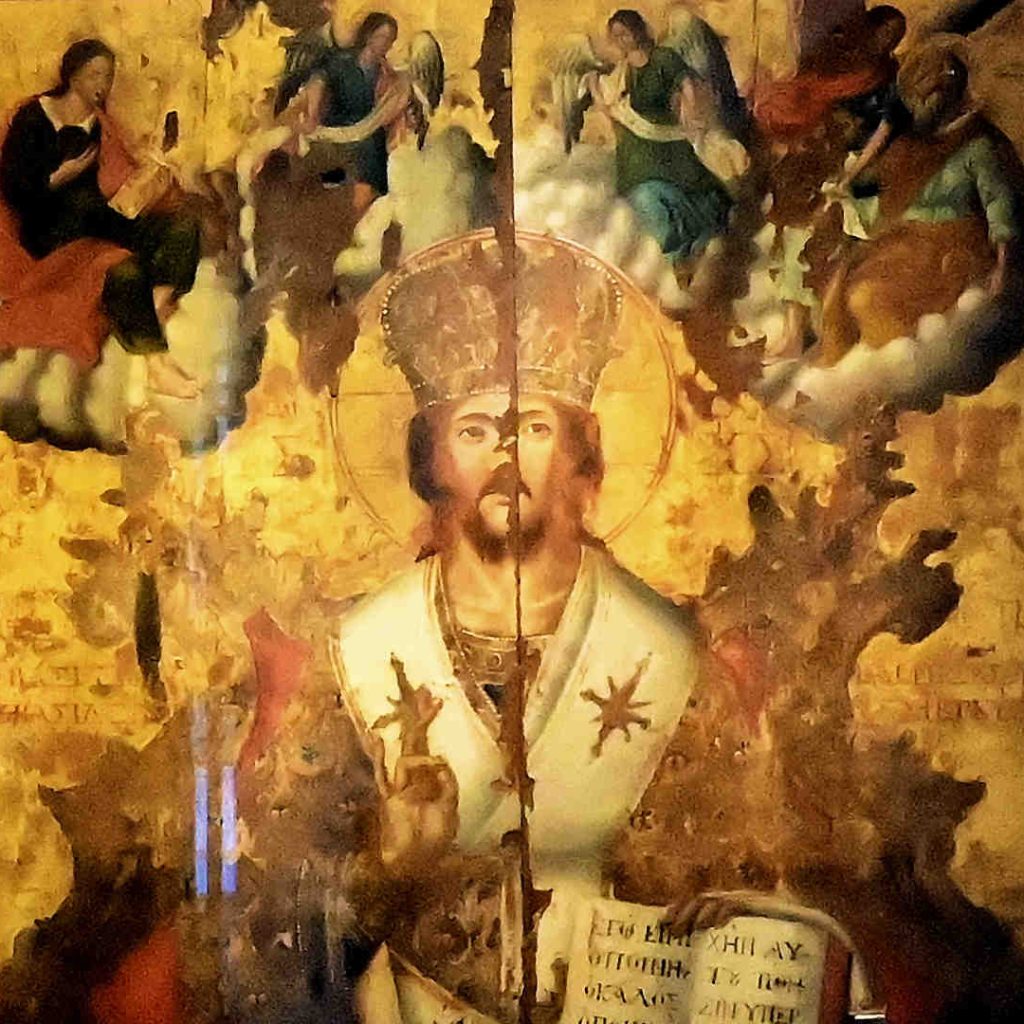
1212
– beginning of Venetian rule
– this period lasted approximately 4 centuries
– the population considered the Venetians to be occupiers
– heavy taxes have been introduced
– a sectarian difference develops: under the rule of the Catholic Venetian Empire
– there were more than ten failed uprisings against the occupiers
– the appearance of the renaissance on the island: in architecture and art
– the best-known representative of the Cretan Renaissance: El Greco (1541-1614), Nicholas Kalliakis (1645-1707)
– Candia, present-day town of Heraklion was the most protected city in the Eastern Mediterranean
– the island had 3 prominent forts: Gramvousa, Spinalonga and Fortezza
– it was an important fortress: the Kazarma fortress in Sitia
1492
– the Spanish Jews flee to the island
1627
– according to statistics, 800 Jews lived in Candia
– 7 percent of the city had a Jewish population
– the Venetian government was able to collect serious money from Jewish society: in exchange for asylum
1640
– the attacks of the Turks led to the collapse of Venetian rule
– the siege of Candia lasted 21 years
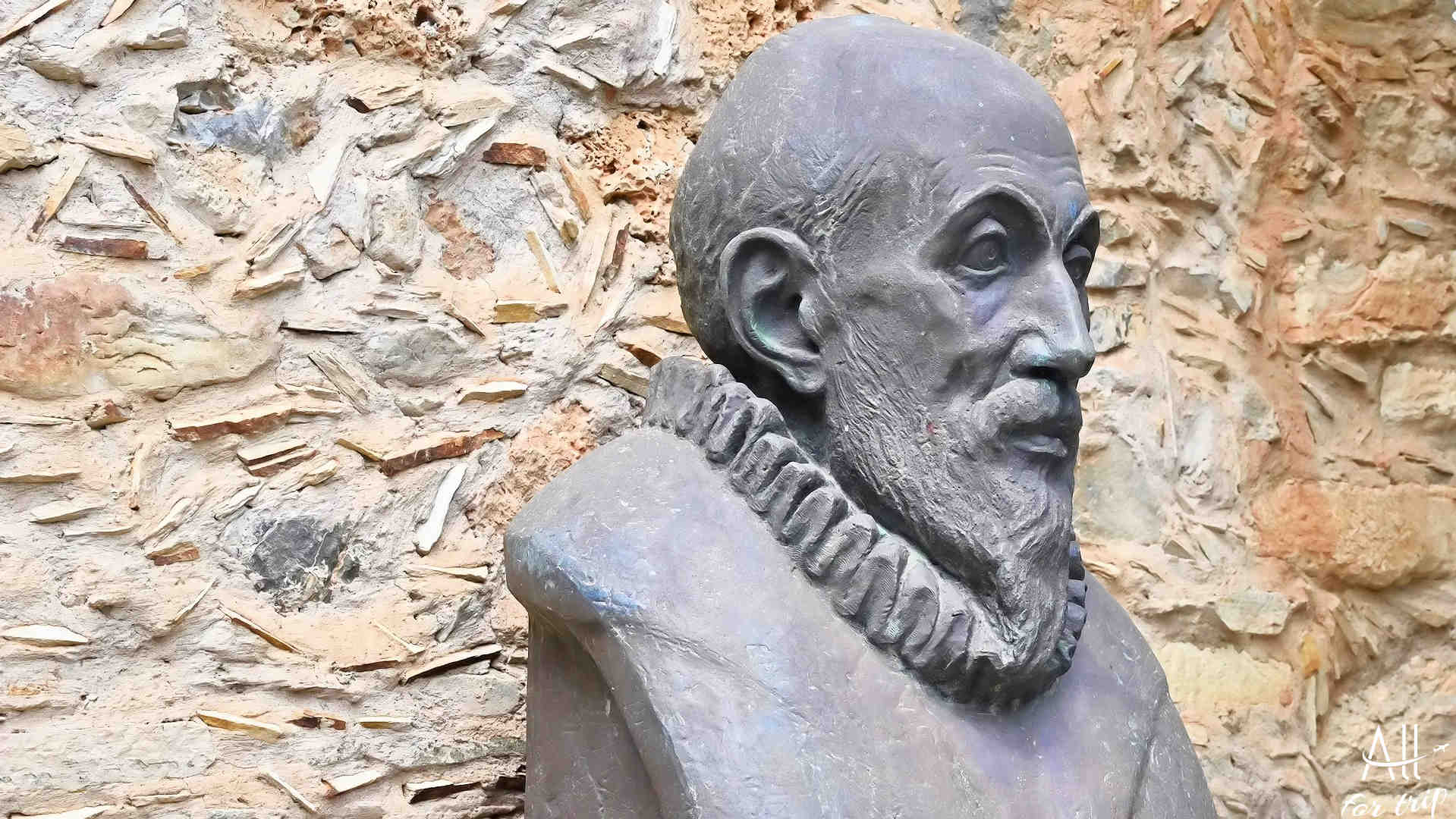
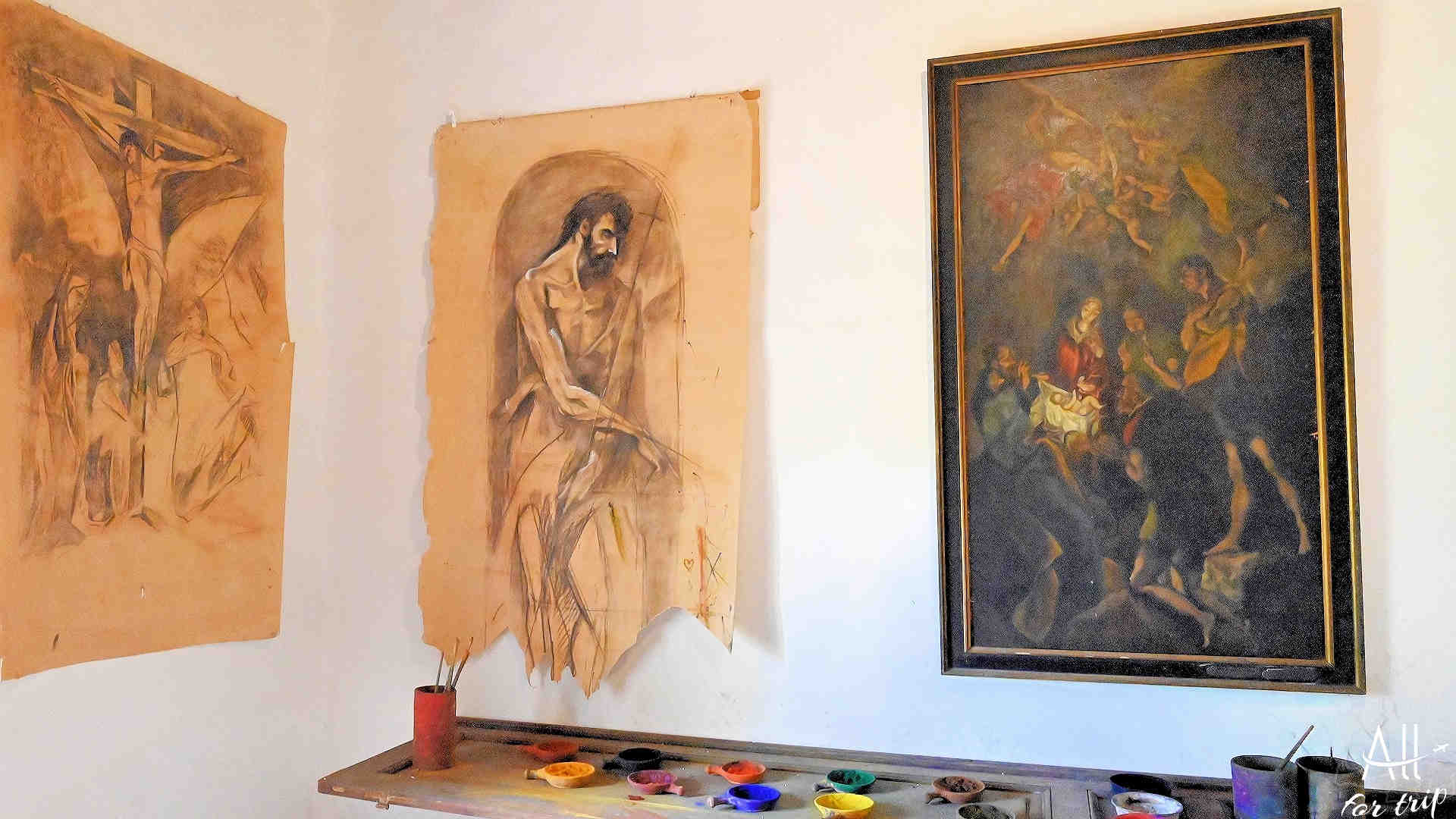
1669
– after the siege of Candia, the Ottoman Empire conquers the island of Crete
– a lot of Cretan Greeks have fled to the another region of Venetian Empire
– the Ottoman conquest confirmed the Islamic religion on the island
– those who have adopted the Islamic faith were considered, by the Christian population to be Turkish
– the city of Candia was fortified with high walls and bastions
– a quarter of the rich were in the northeast
– the city was depopulated during the Ottoman Empire
1770
– Daskalogiannis (Sfakia shipowner) leads uprising against Ottoman rule
– unfortunately Orlov’s fleet did not arrive – help was missed
– Daskalogiannis finally surrendered
1821 – 1830
– the Greek War of Independence (Ελληνική Επανάσταση)
– it is estimated, that 45% of the population may have been Muslim
– during the war, many Cretan Turks fled from Crete: to Turkey, to Rhodes, to Syria, to Libya
1827 October 27.
– the French, British and Russian fleets wreak havoc on Turkish, Egyptian, Algerian and Tunisian ships at Navarino
– it helped a lot to achieve victory
– the war of independence was successful
– the Greeks were the first in the Balkans, who were able to become independent of the Ottoman Empire
– the war led to the development of modern Greece
– the Greek Independence Day is March 25th – every year commemorates the revolution on this day
1830
– The London Protocol leaves Crete out of the modern Greek state
– therefore, the Ottoman Sultan handed Crete to Egypt
– the Egyptian rule was short
1840 July 3.
– The Convention of London restored the sovereignty of Crete to the Ottoman Empire
1866–1869
– The Great Cretan Revolution (Κρητική Επανάσταση του 1866)
– it was a 3-year rebellion against Turkish rule
1889, 1895, 1897
– there were revolution on the island
1898 September 6.
– the Candia massacre
– the armed Muslim protesters protested against reforms in favour of Christians
– the protesters slaughtered hundreds of Cretan Greeks
– the protesters executed the British consul and 17 British soldiers
1898 November
– the reaction of the great powers to events:
– the Turks were expelled from the island
– they created the autonomous state of Crete
– the king George of Greece was appointed High Commissioner of the island
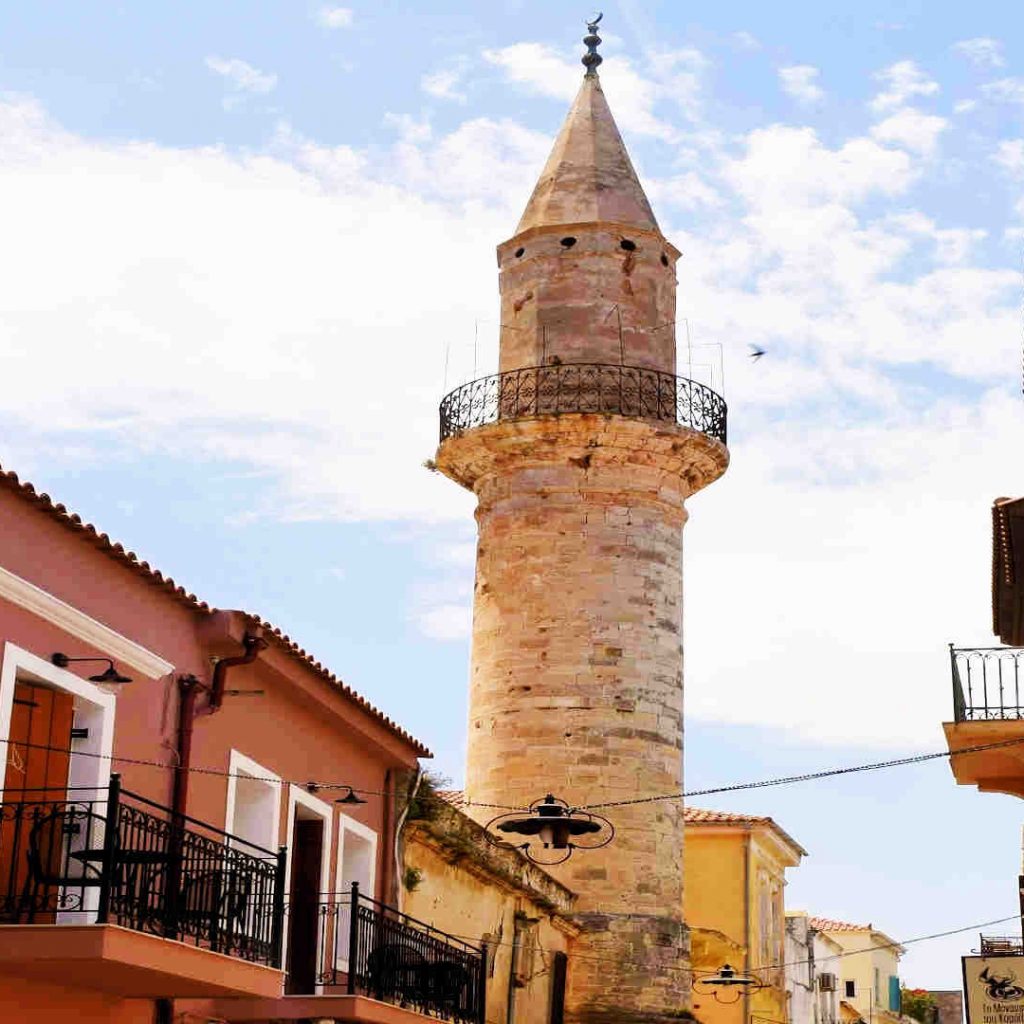
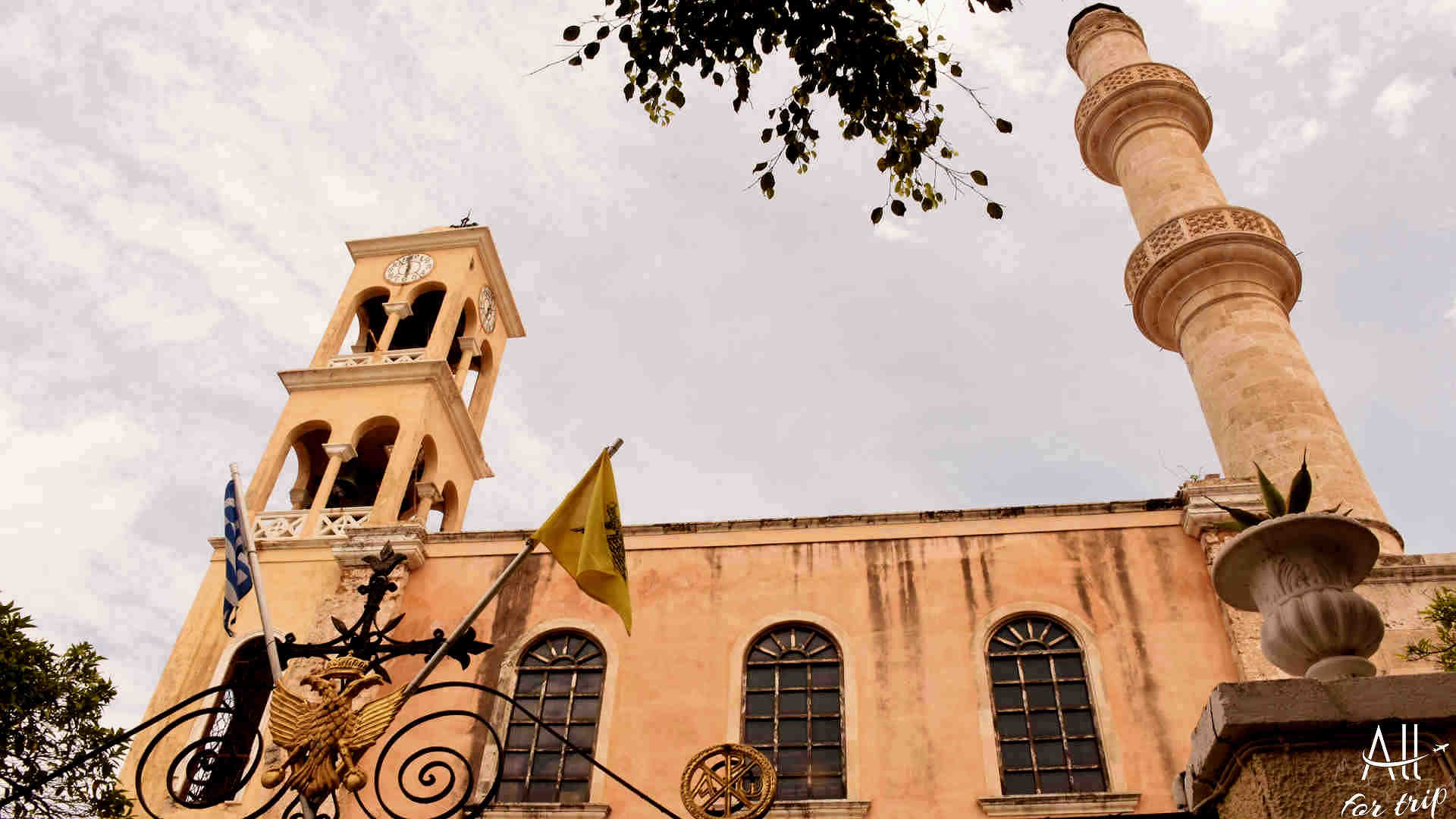
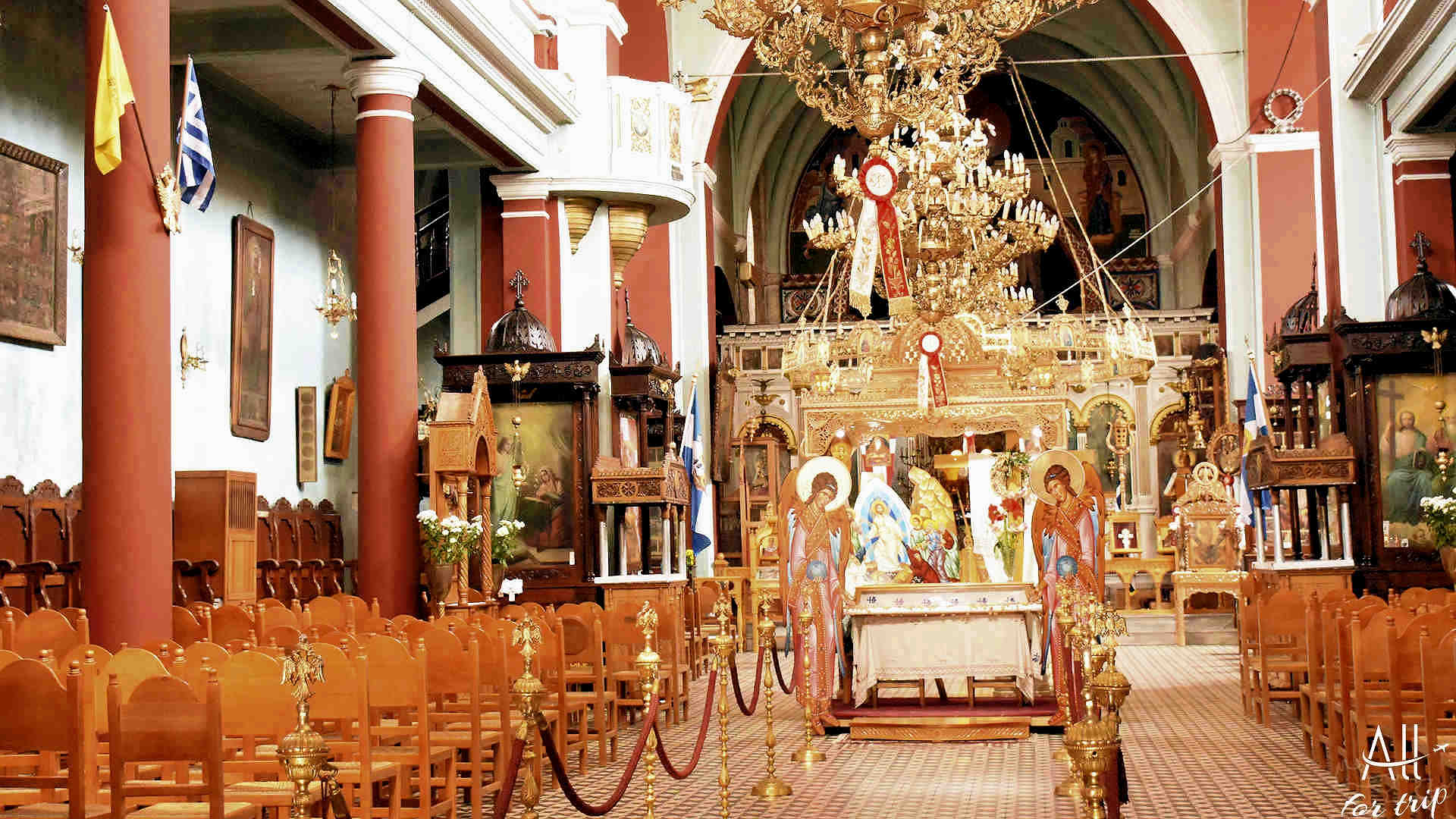
1906
– Alexandros Zaimis (Greek politician, Prime Minister of Crete) becomes High Commissioner of Crete
1913 December 1st
– Crete unites with Greece
1919 May 19. – 1923 October 29.
– the Greco-Turkish War, also known as the Turkish War of Independence.
– some 1.5 million Greeks have been expelled from Asia Minor
– based on the 1923 population exchange between Greece and Turkey: the Muslim population has been relocated to Turkey from Crete
Second World War
1941 May
– The Battle of Crete:
– it was the first battle in history to use a large number of paratroopers
– the Allies were able to utilize the information extracted from the Enigma encryption
– with this information, they managed to prepare for the attack
– the Germans could meet, with the mass armed resistance of the population
– the Germans lost 7,000 paratroopers on the first day of the battle
– Hitler has not used paratroopers on multiple missions since then
– the German army took revenge on the population
– randomly selected citizens from local villages, and executed them
– best known: the massacre in the village of Kondomari
Today’s Crete
– from the beginning of the sixties, Crete’s main source of income comes from mass tourism
– a traditional agricultural society transformed
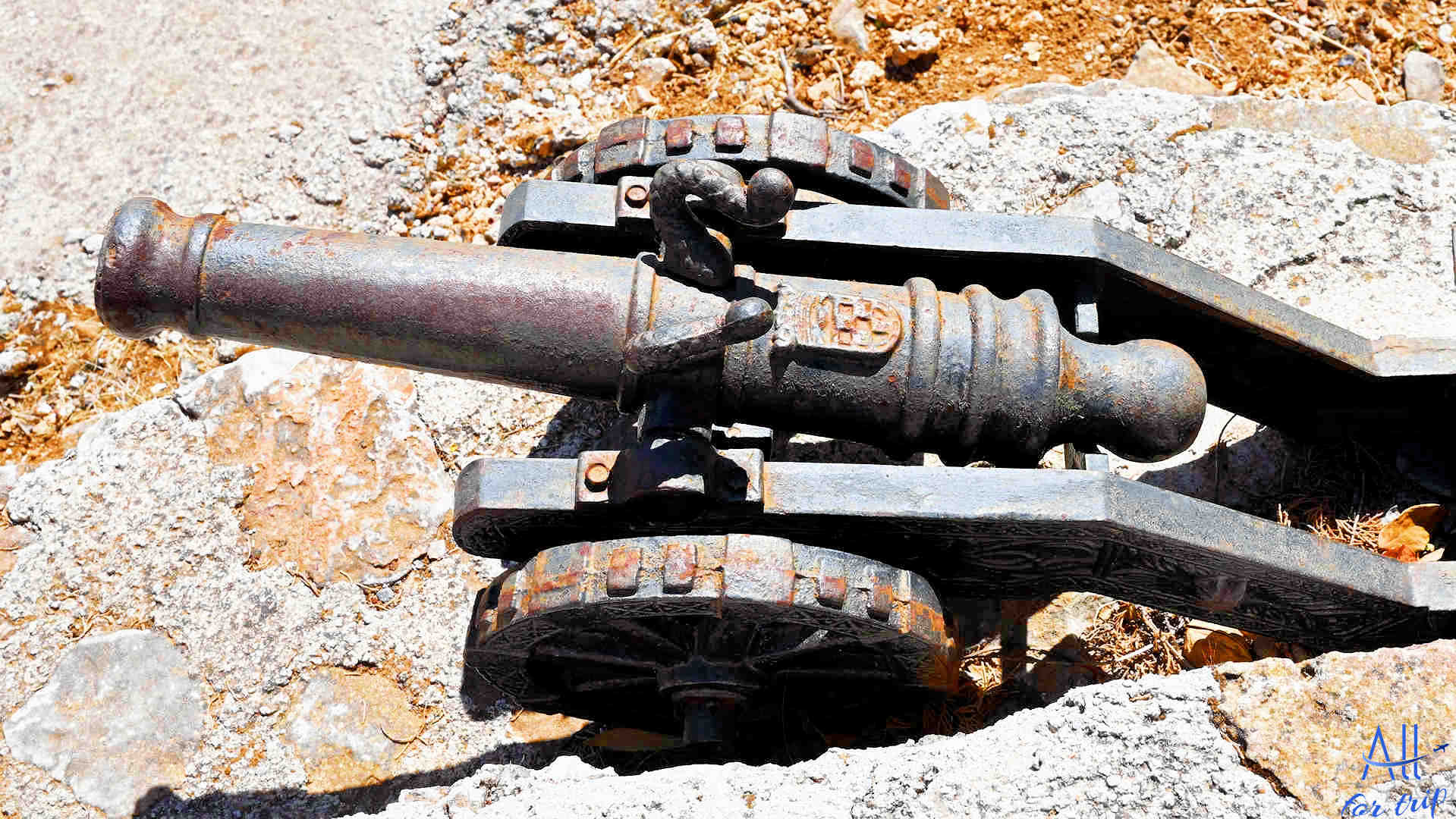
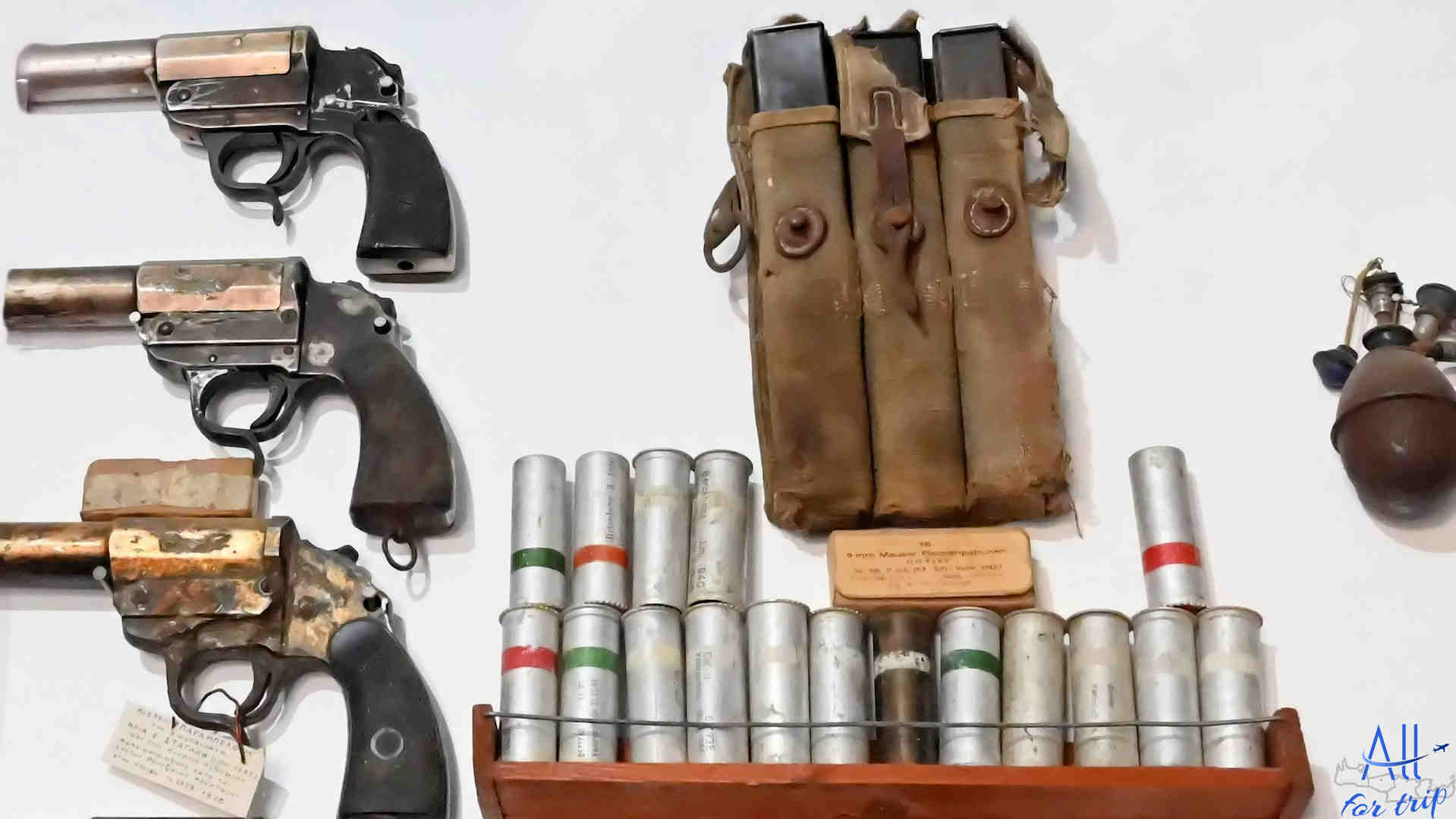
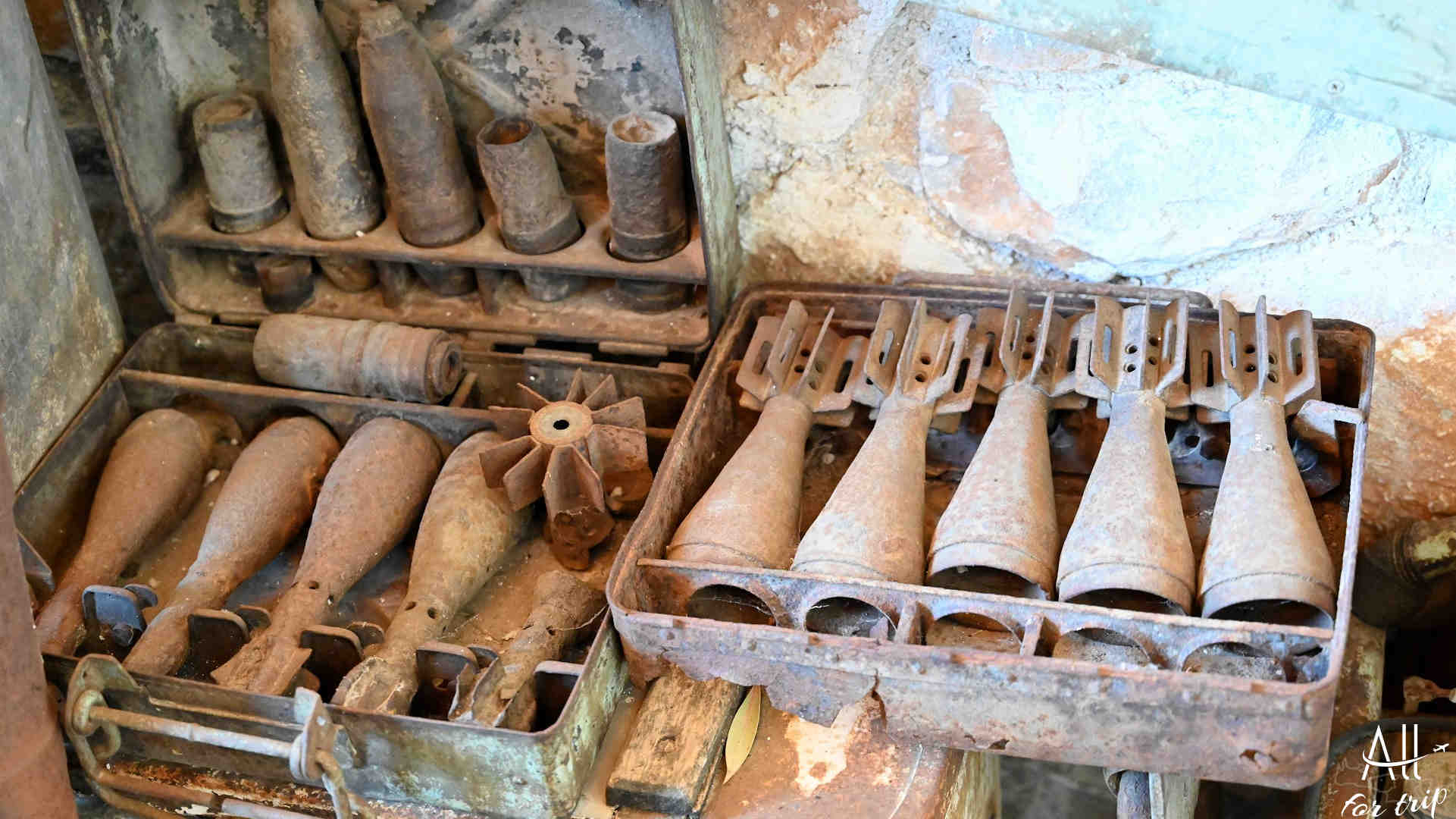
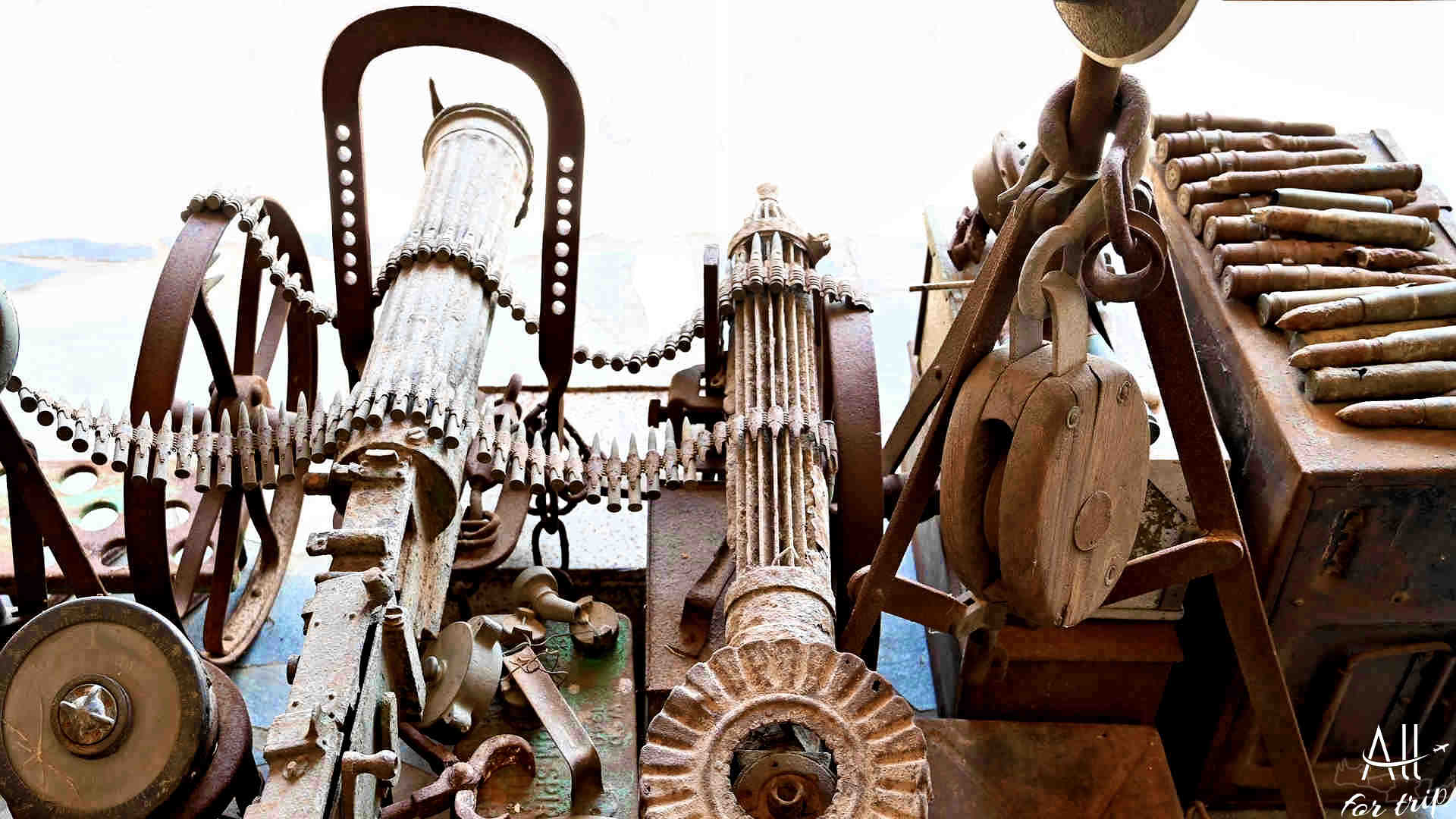



Comment (0)